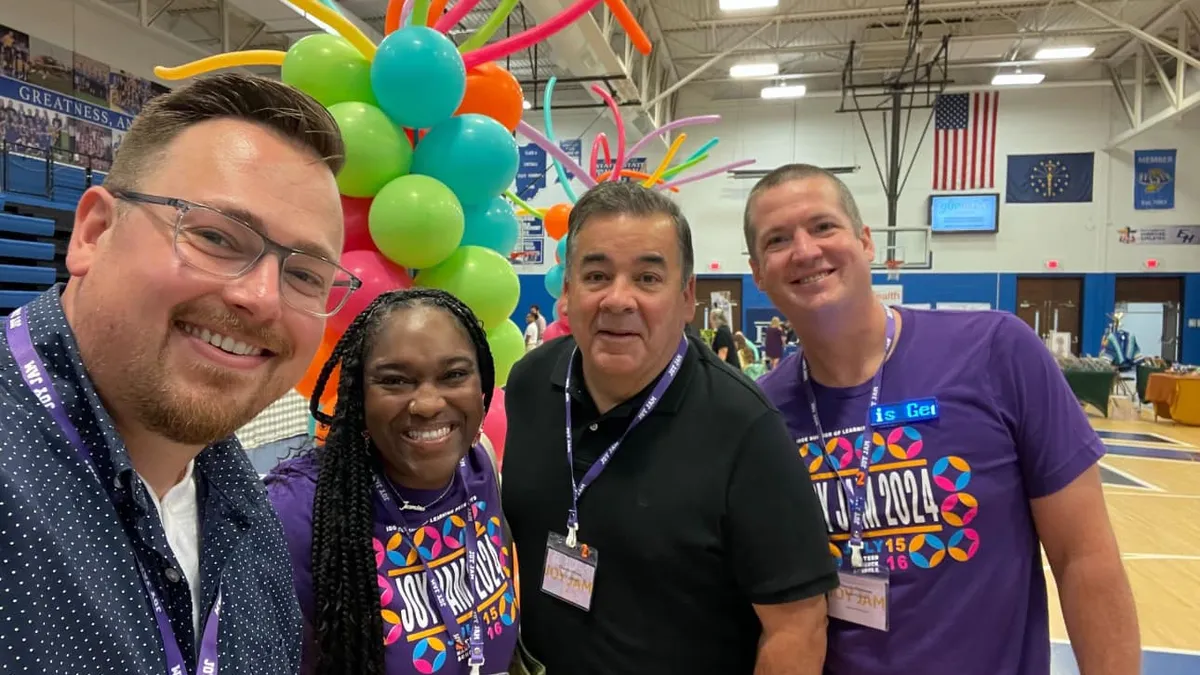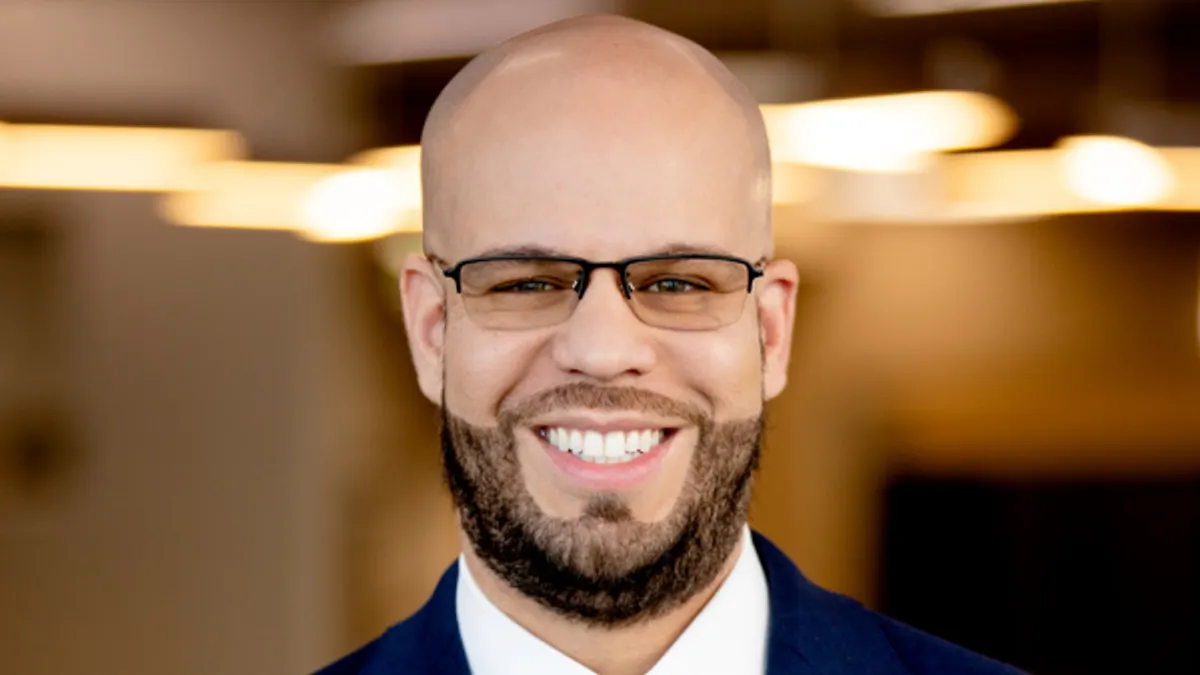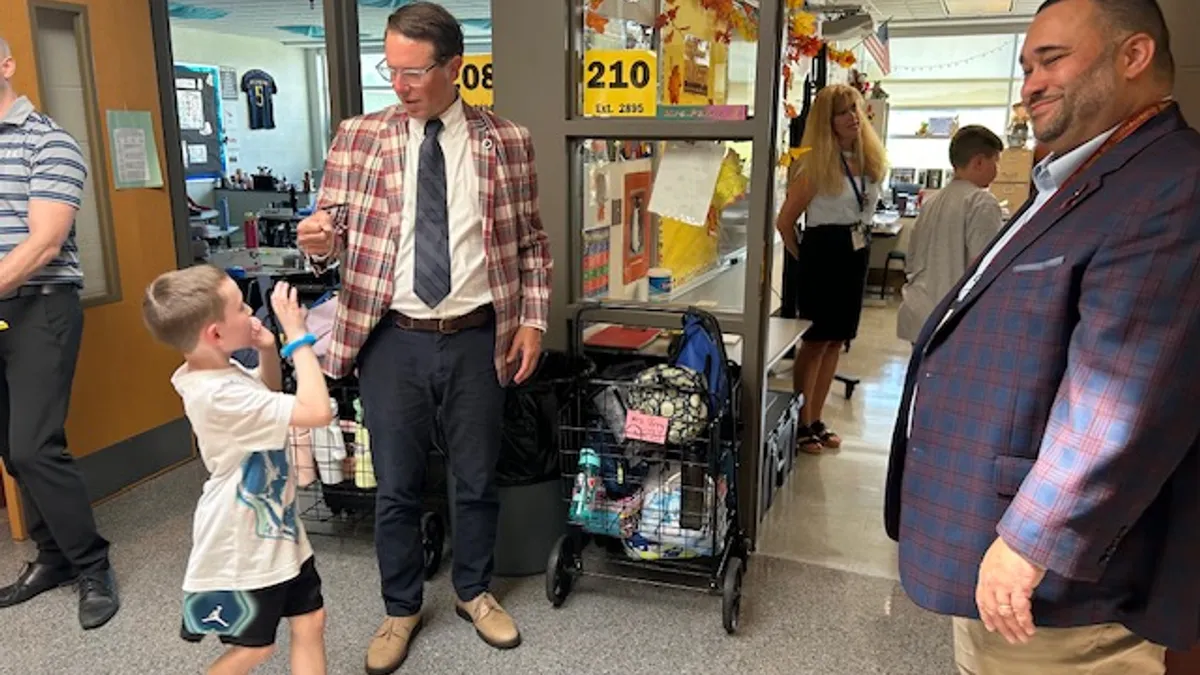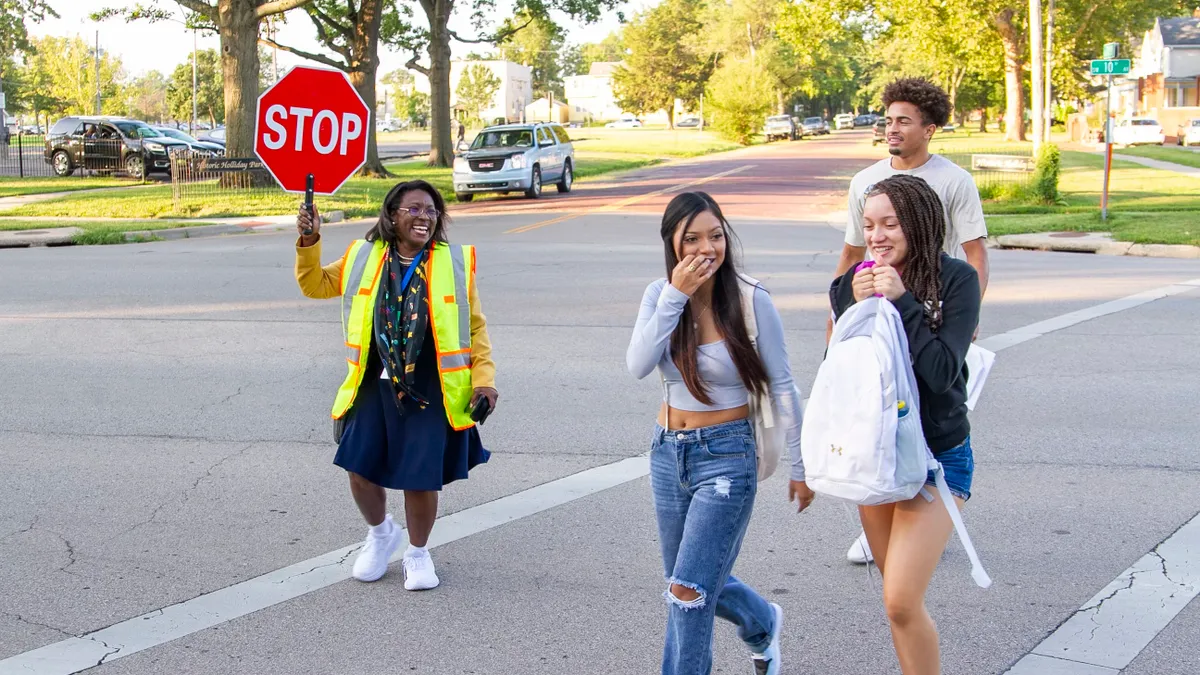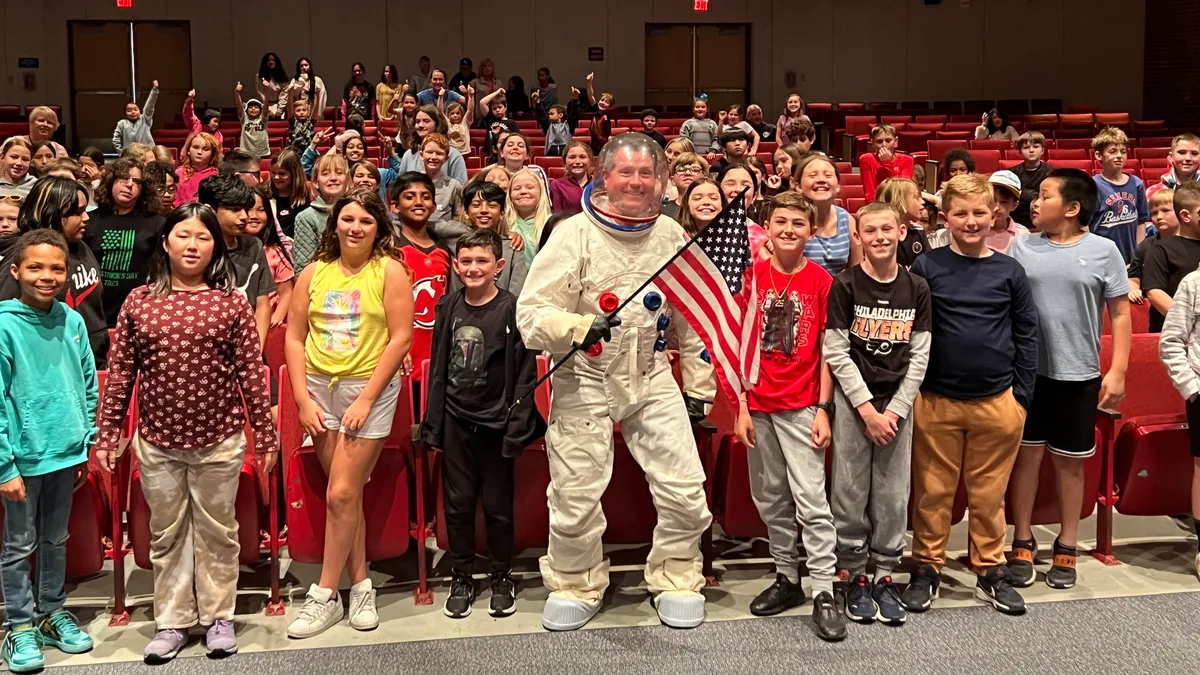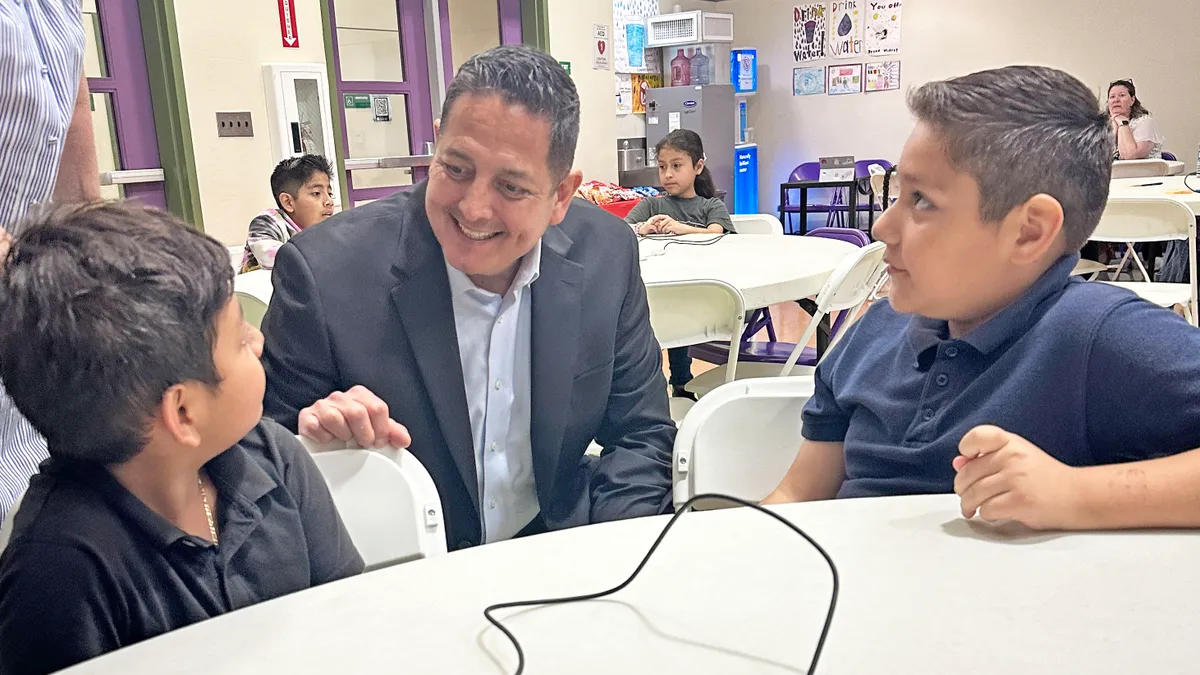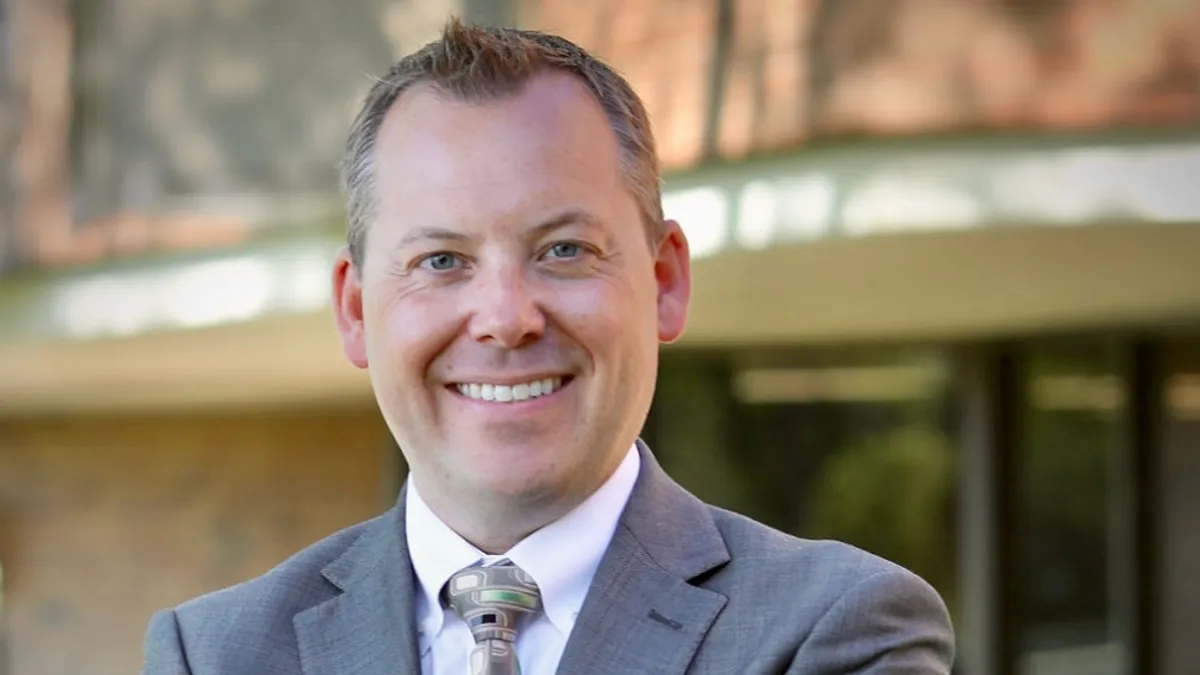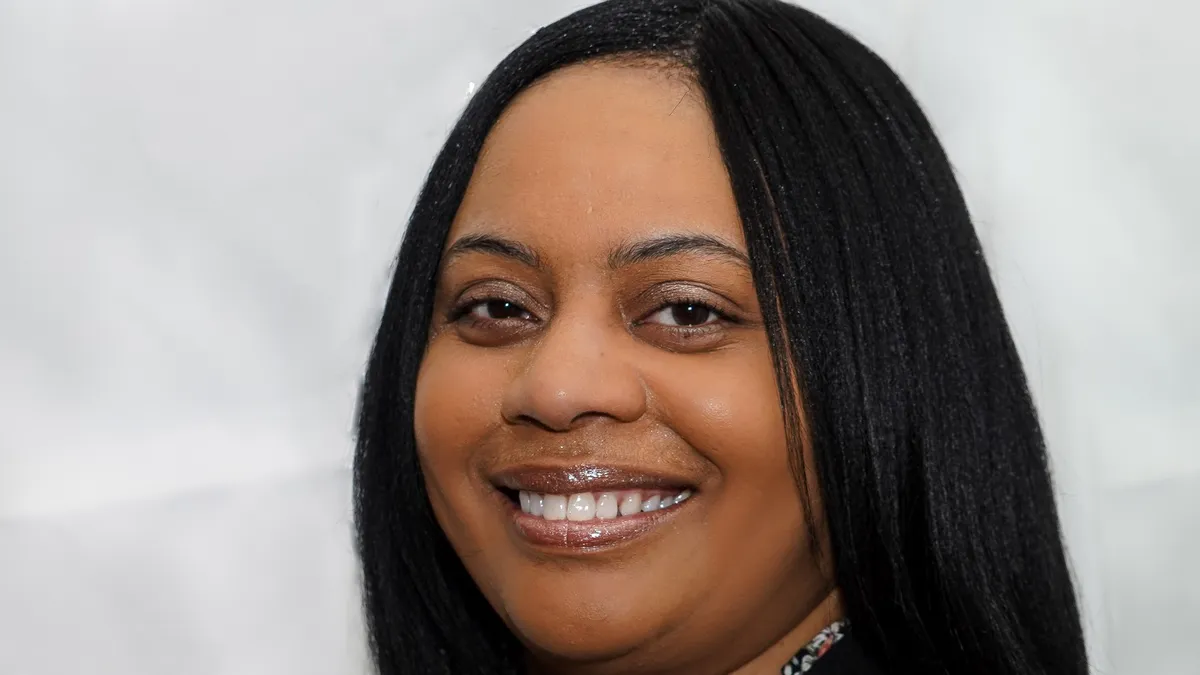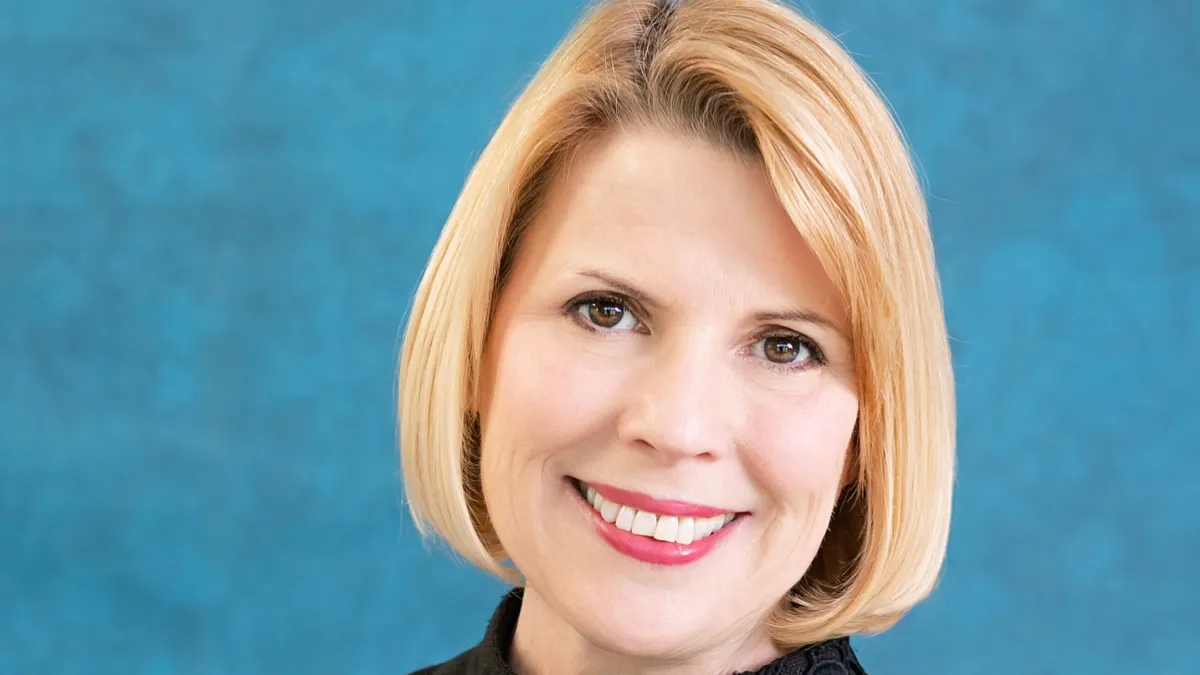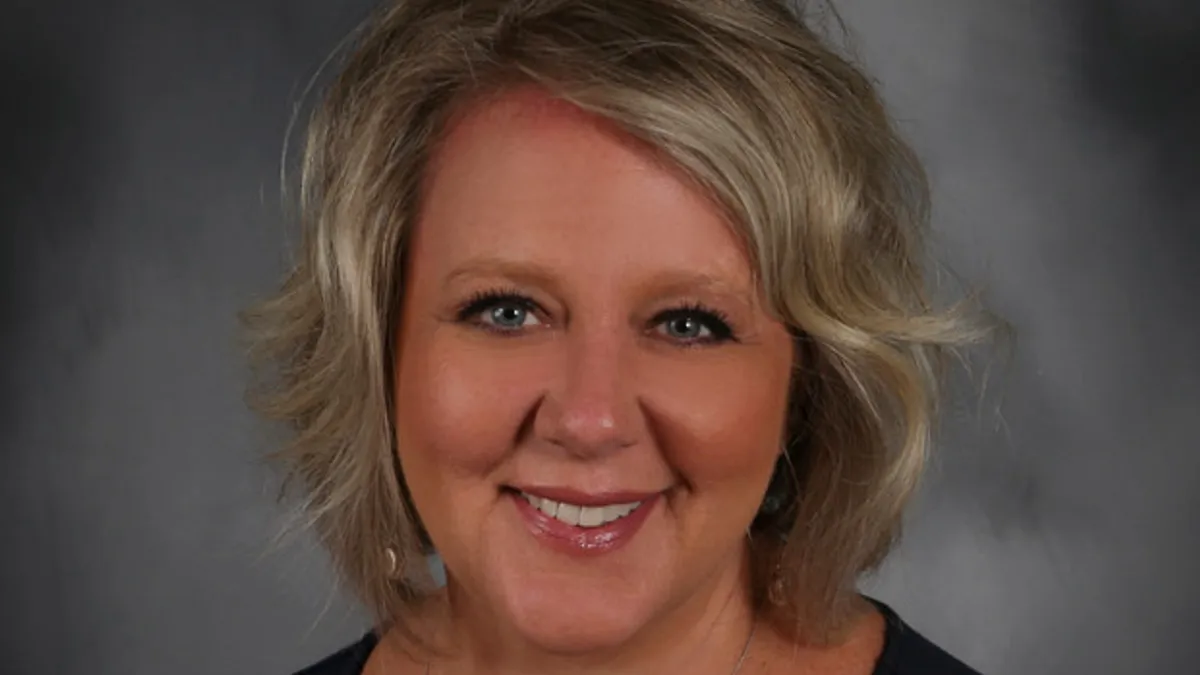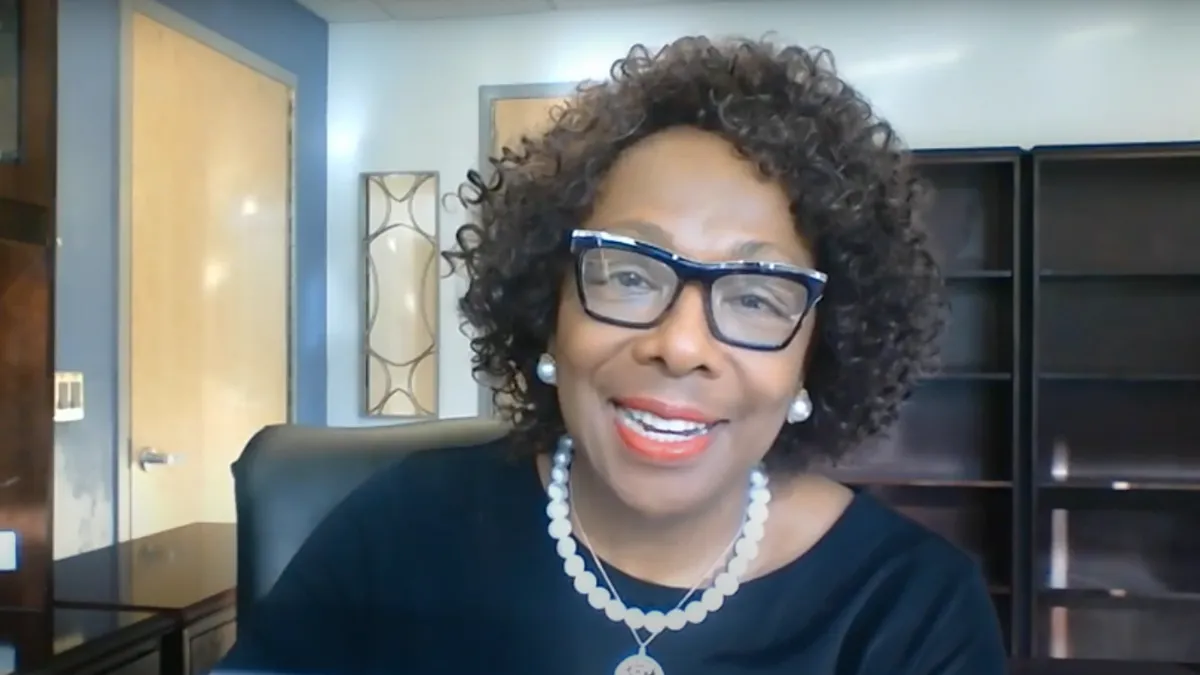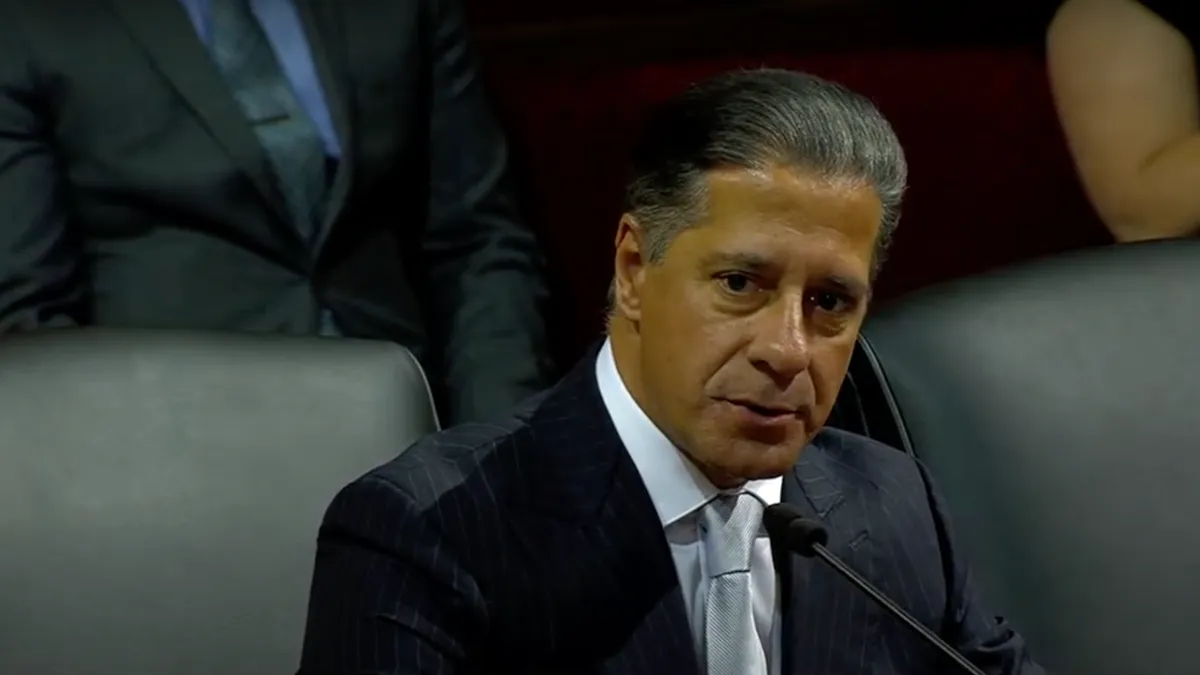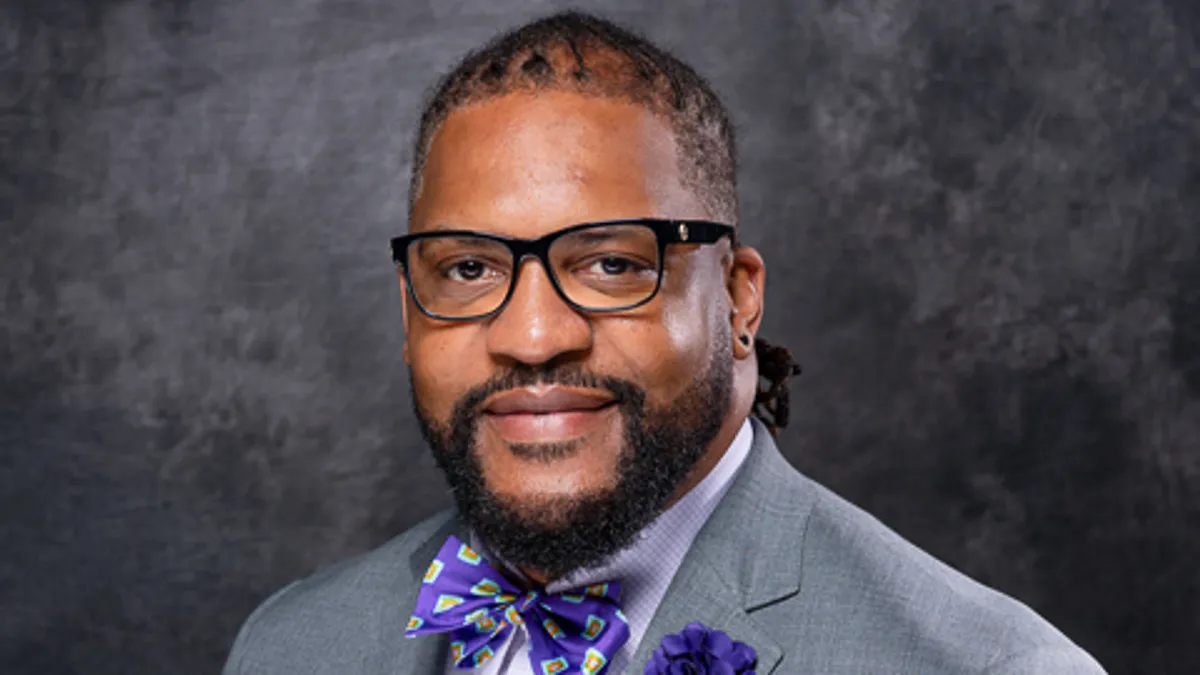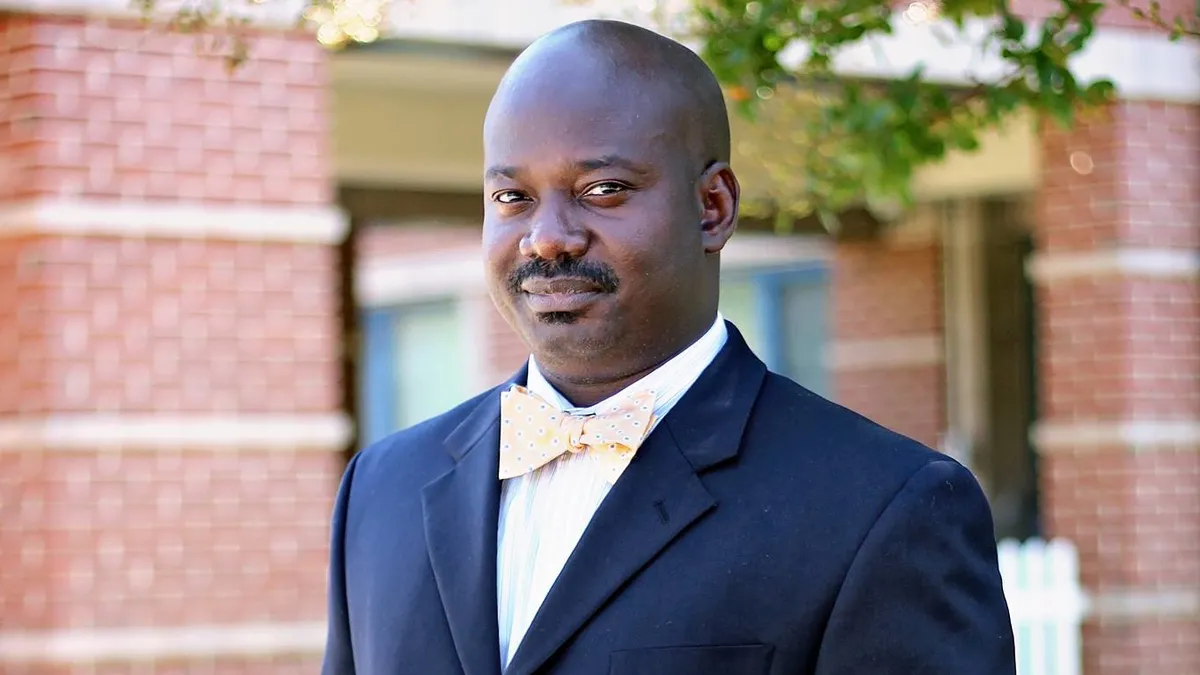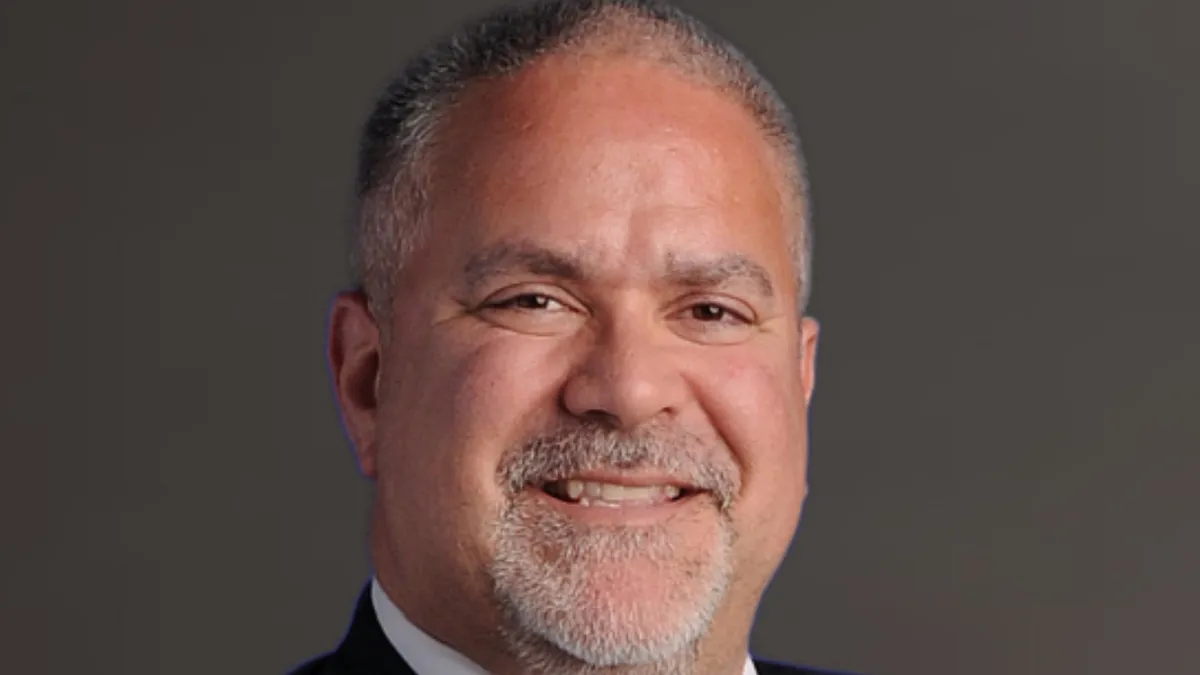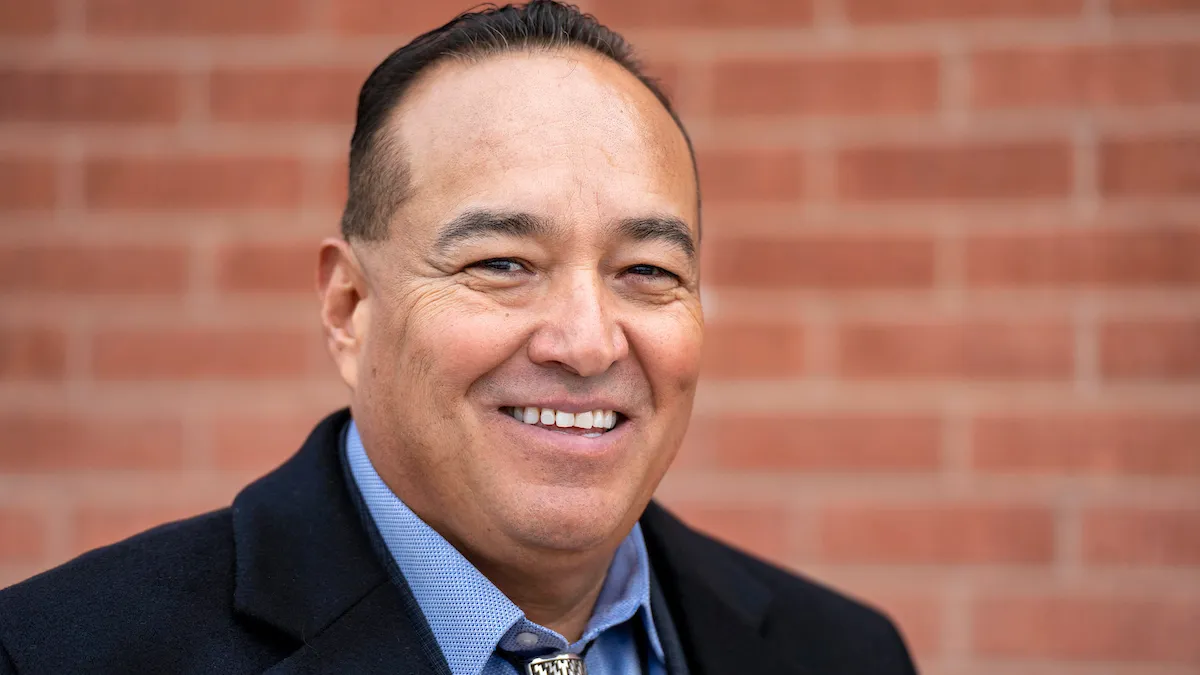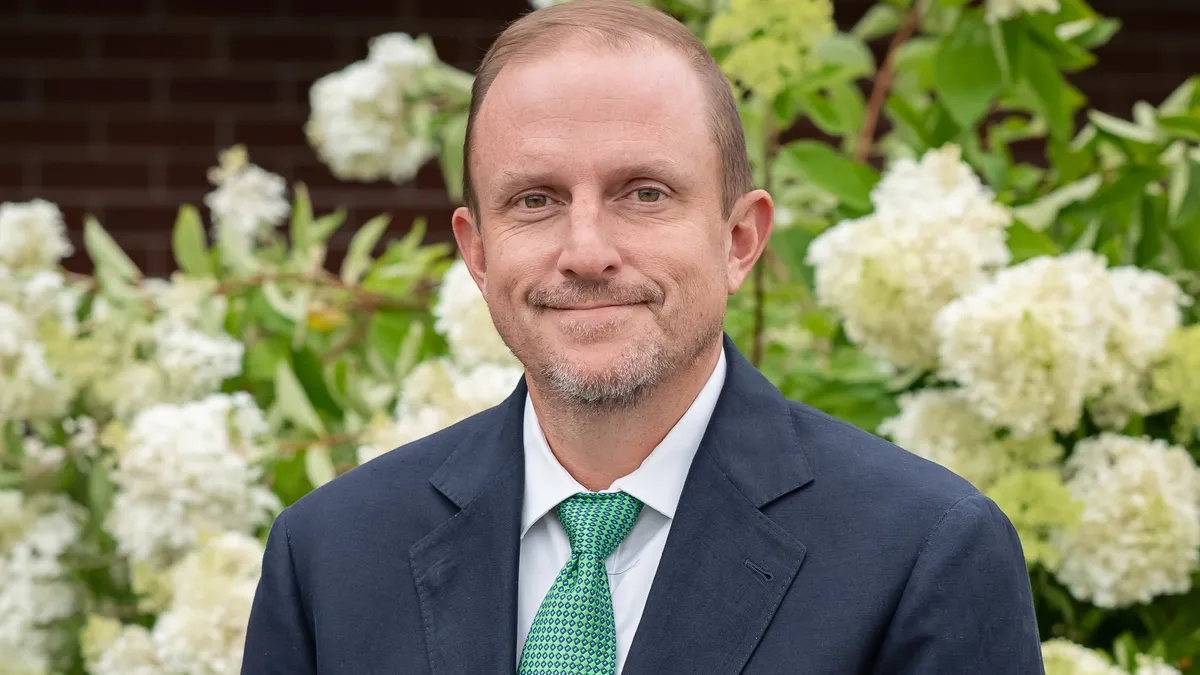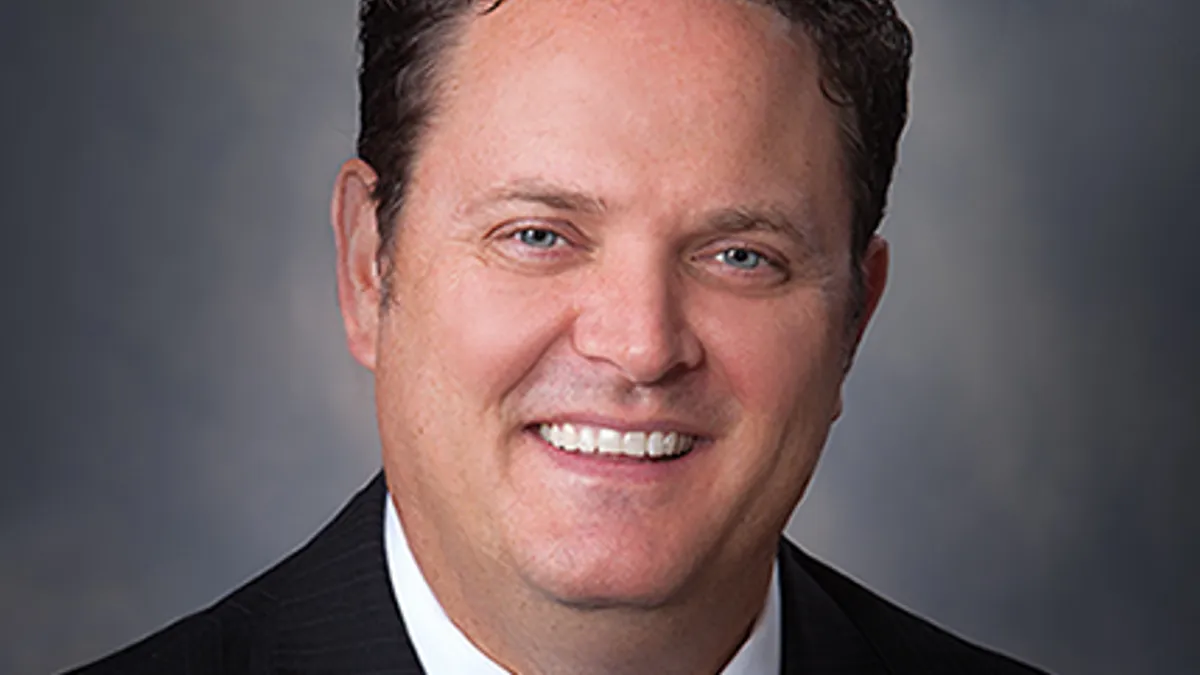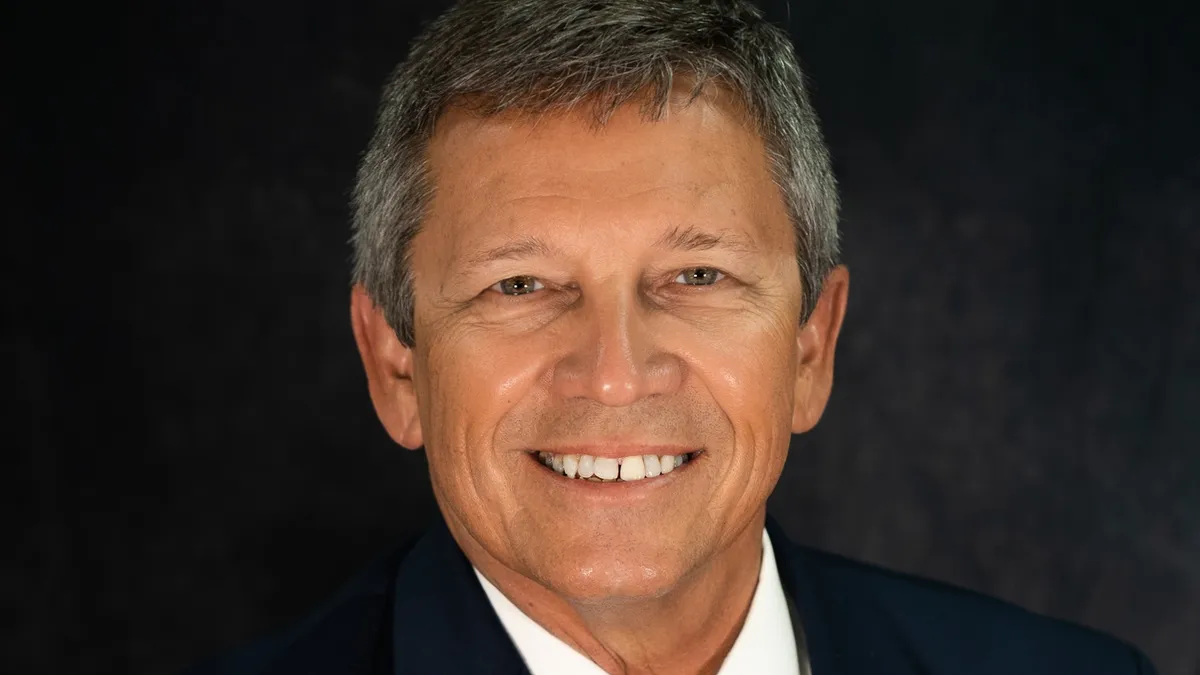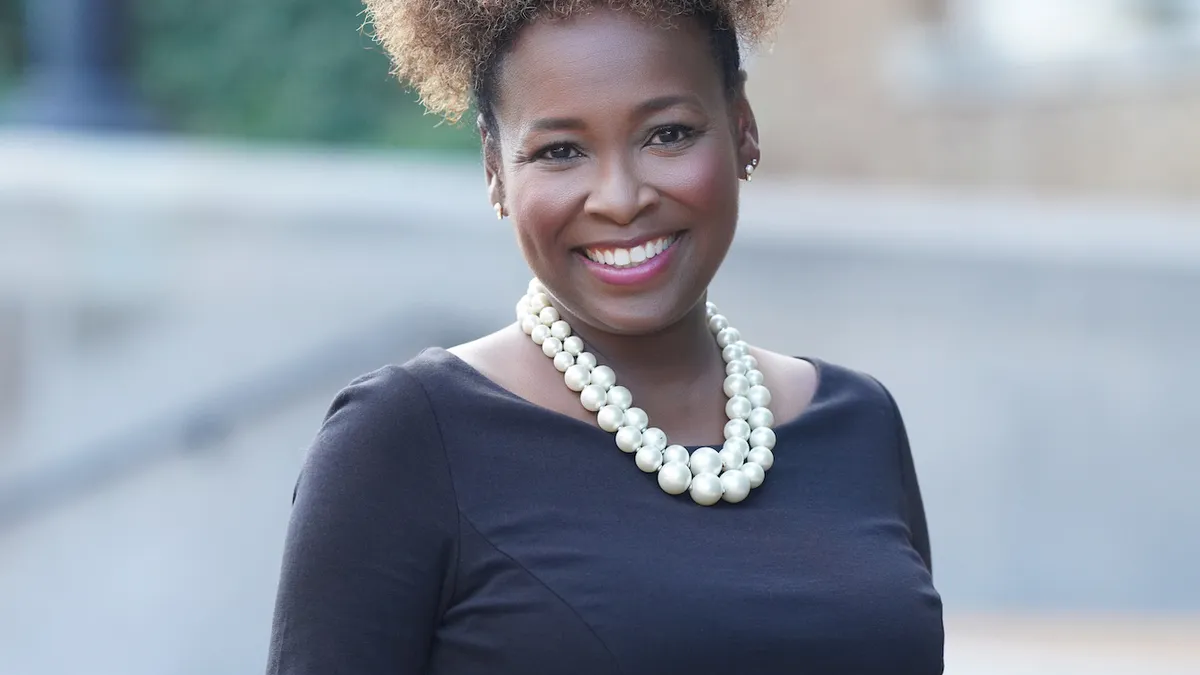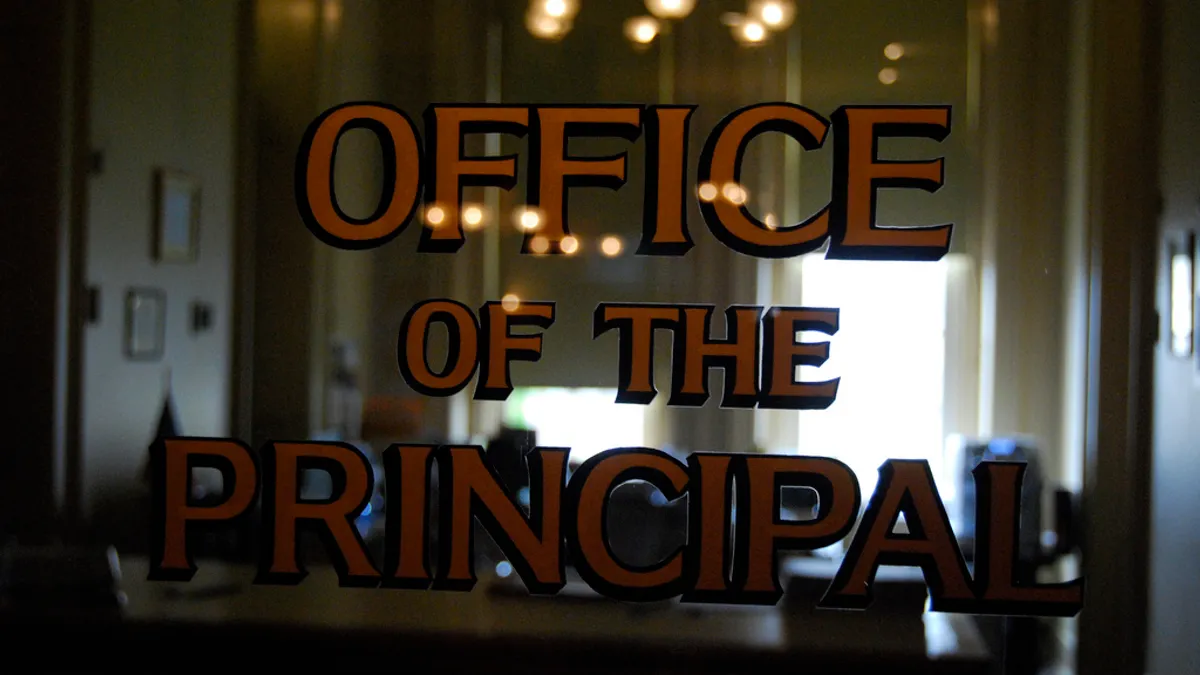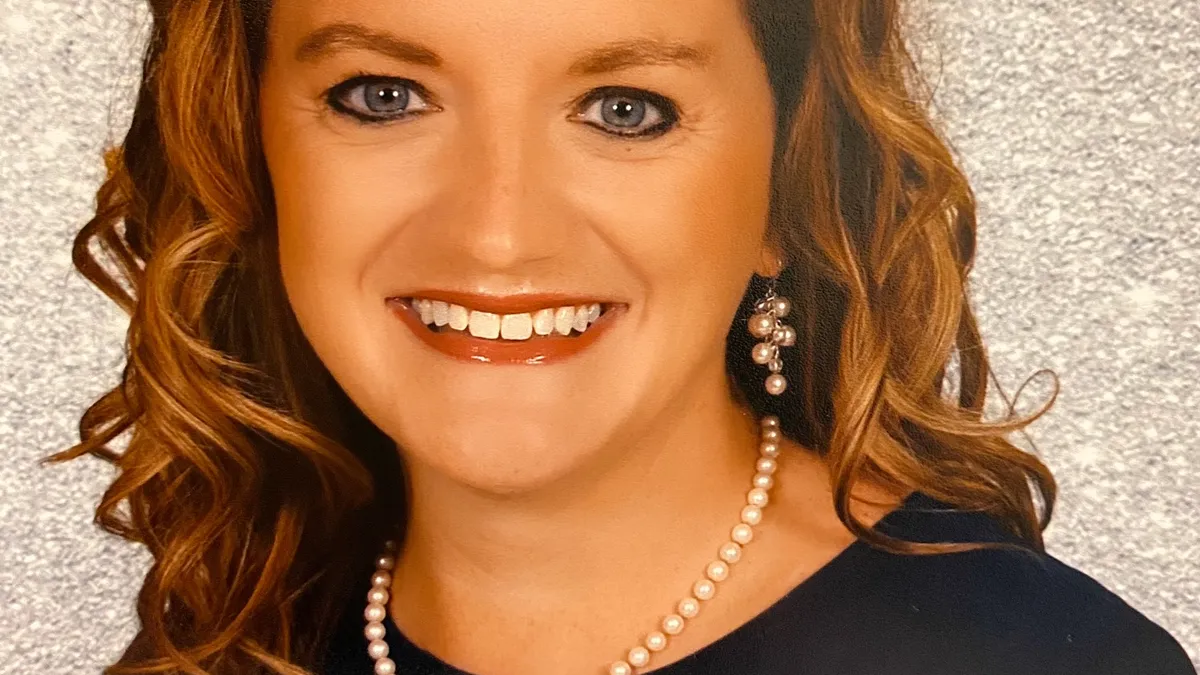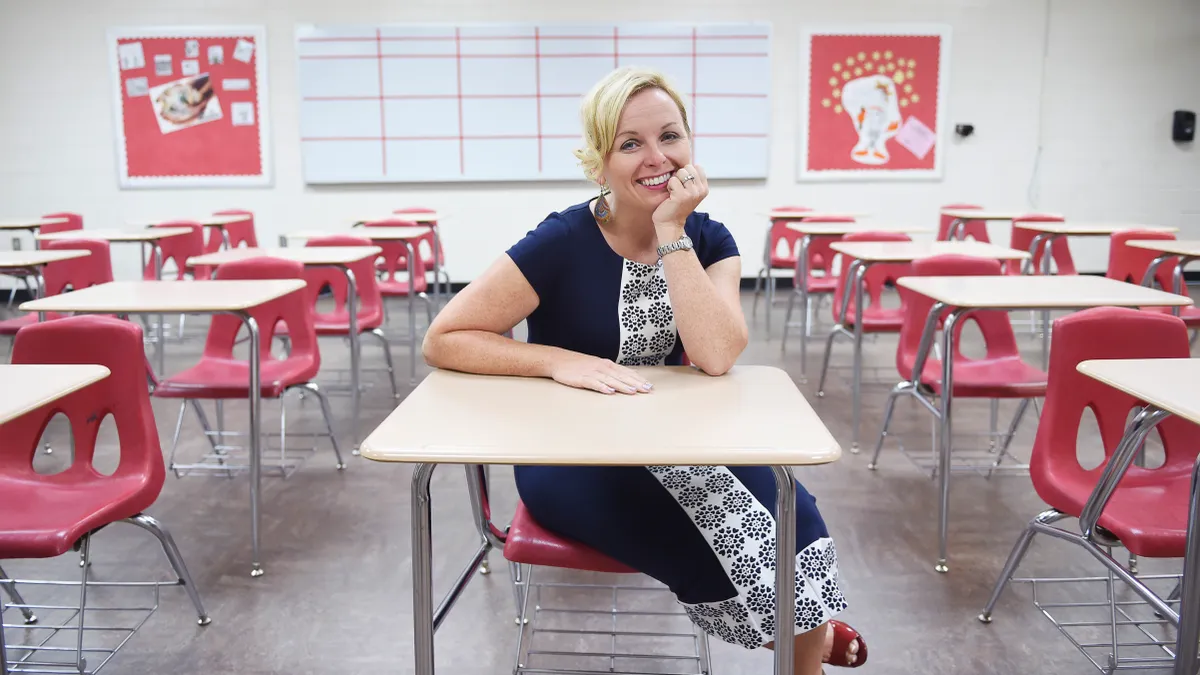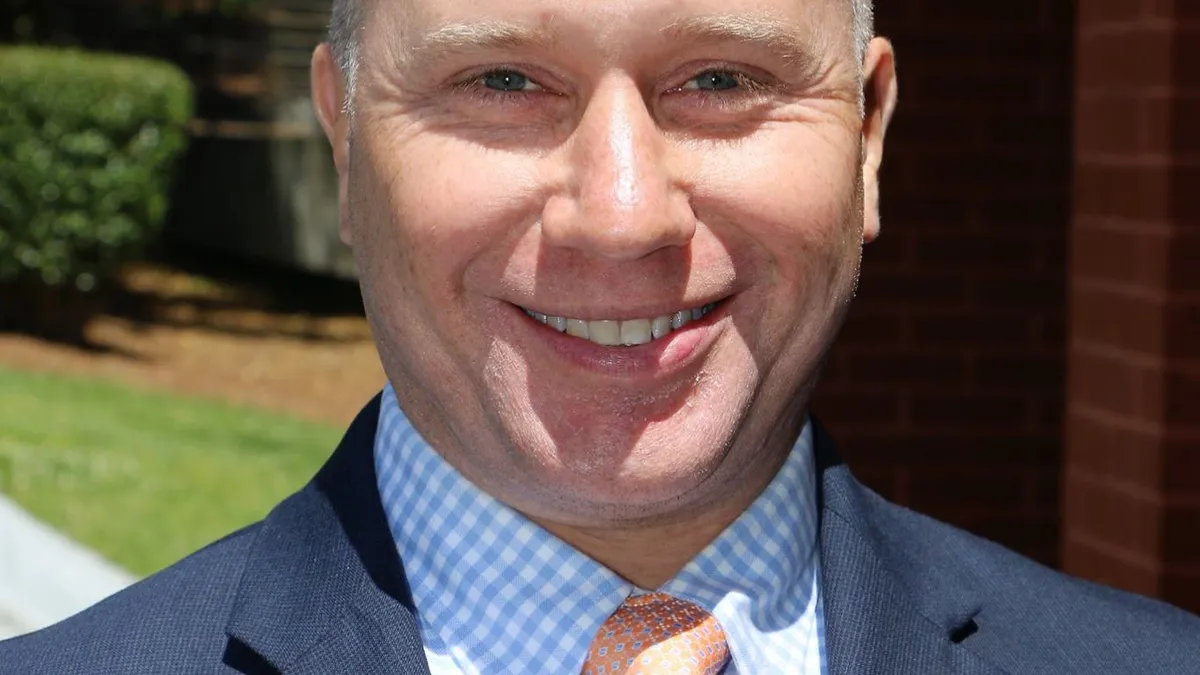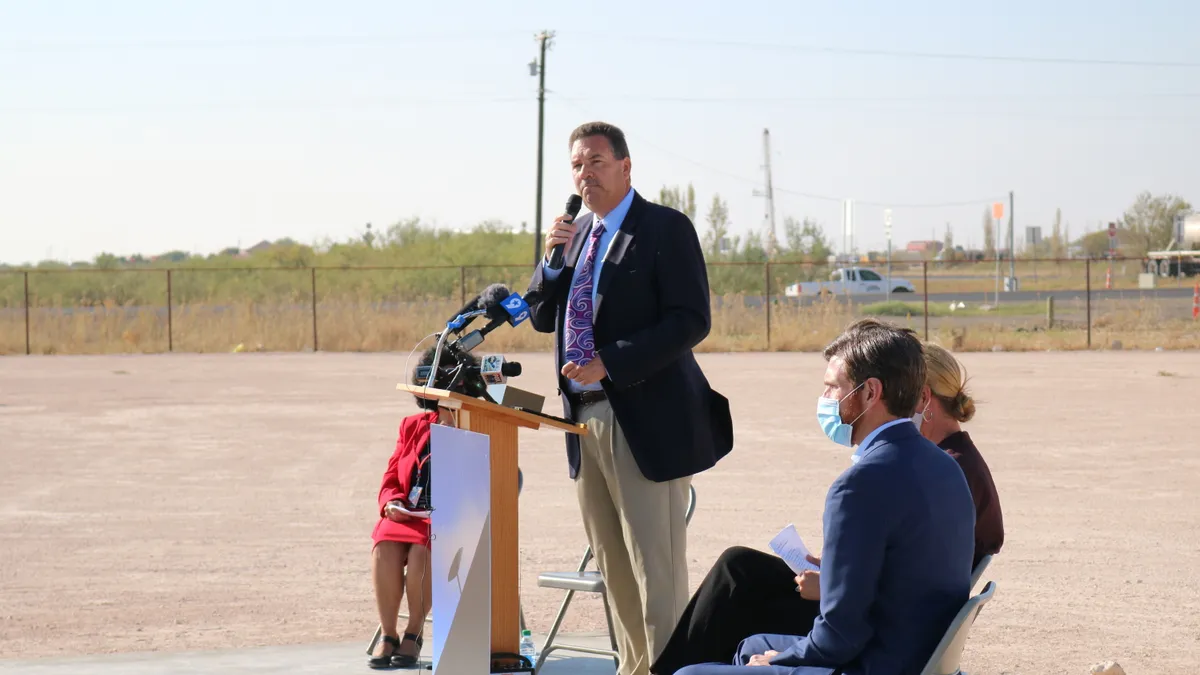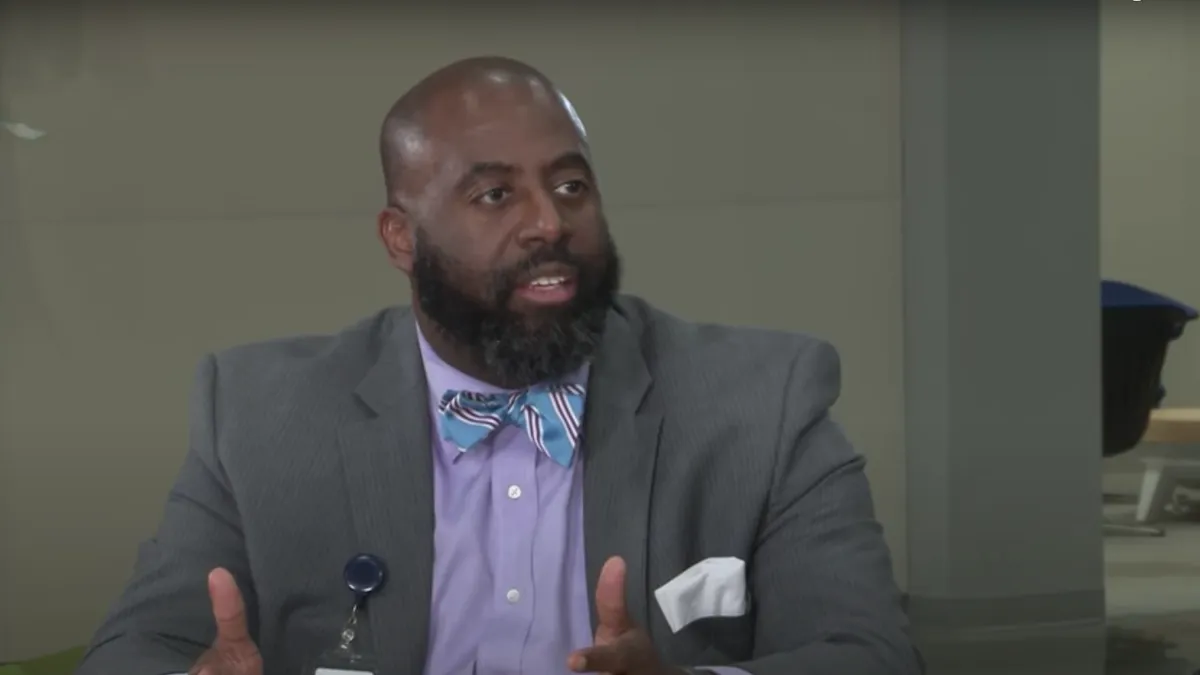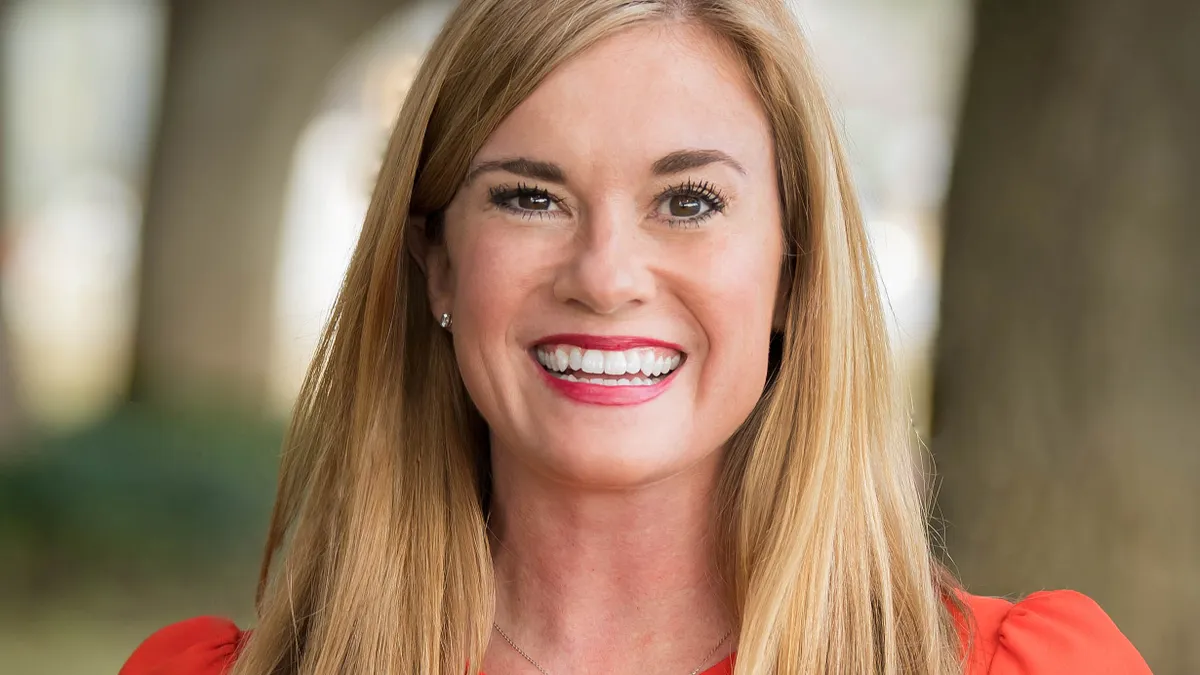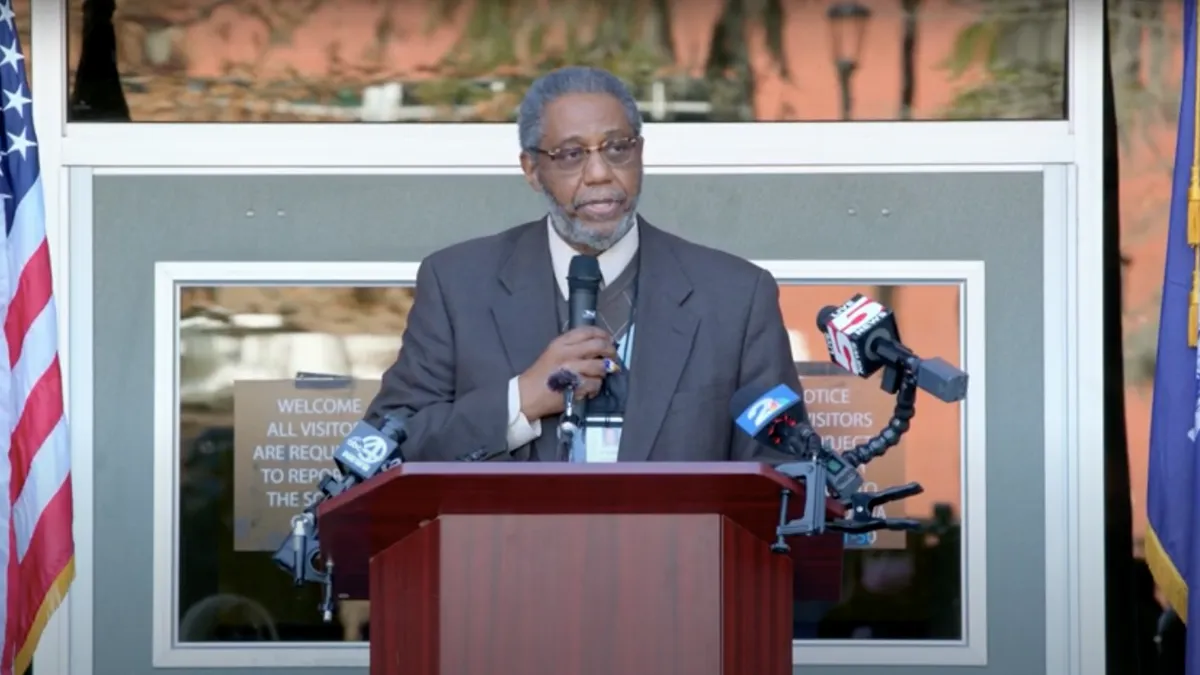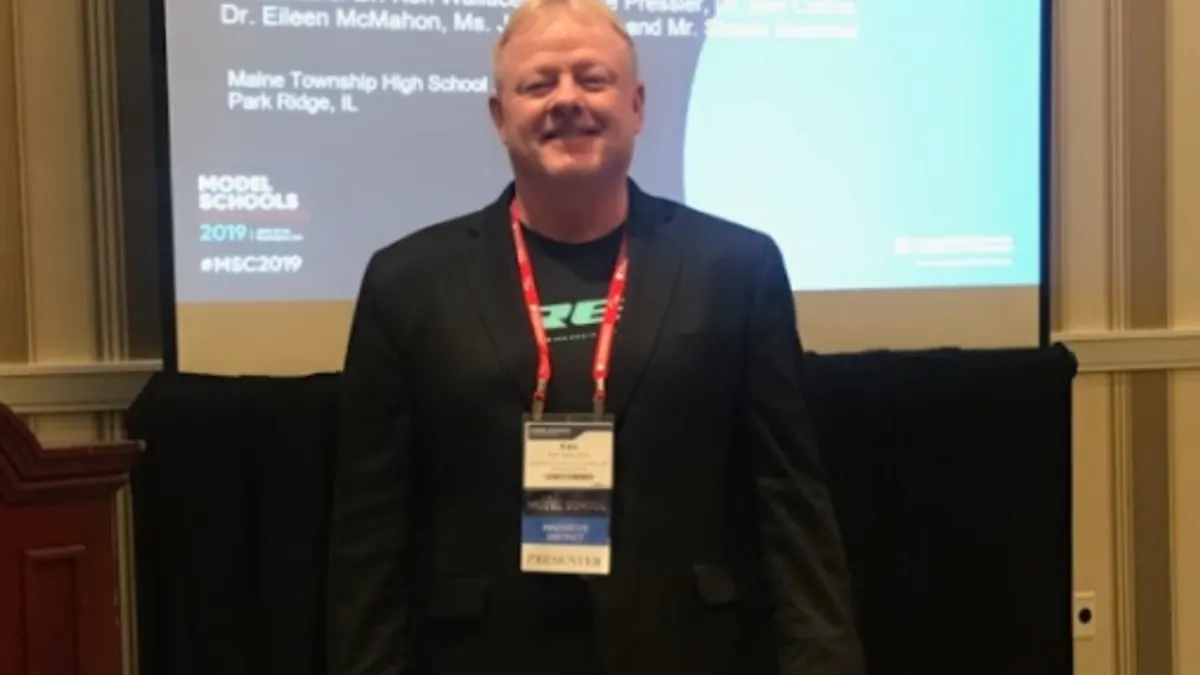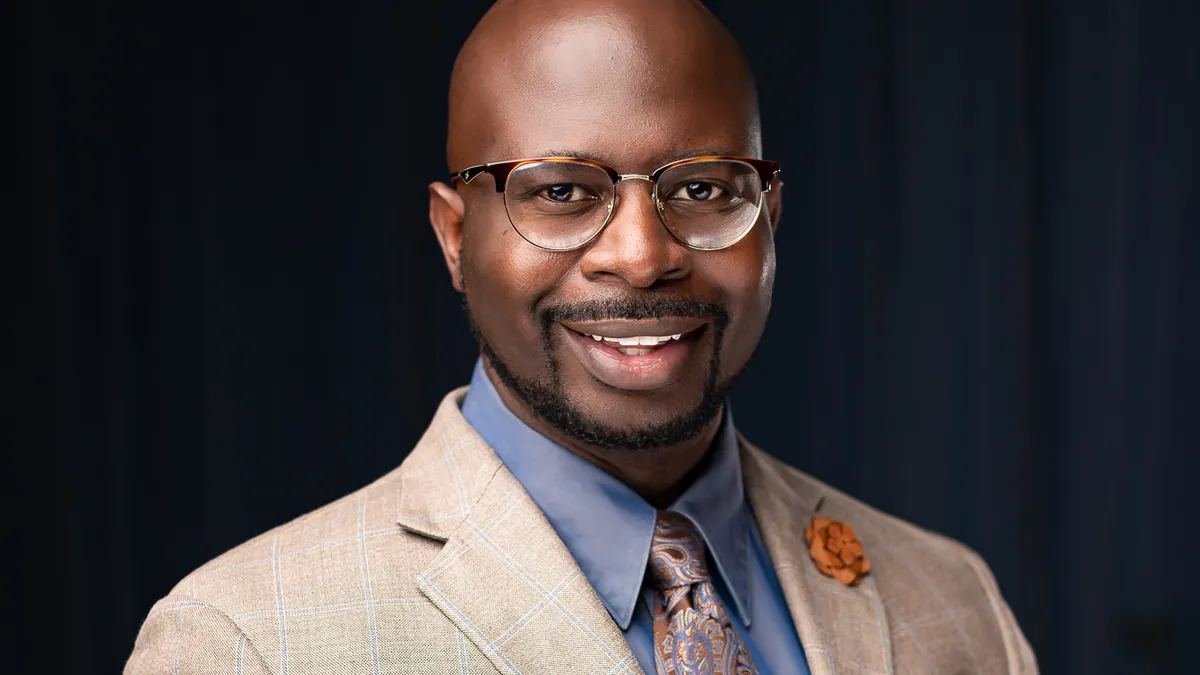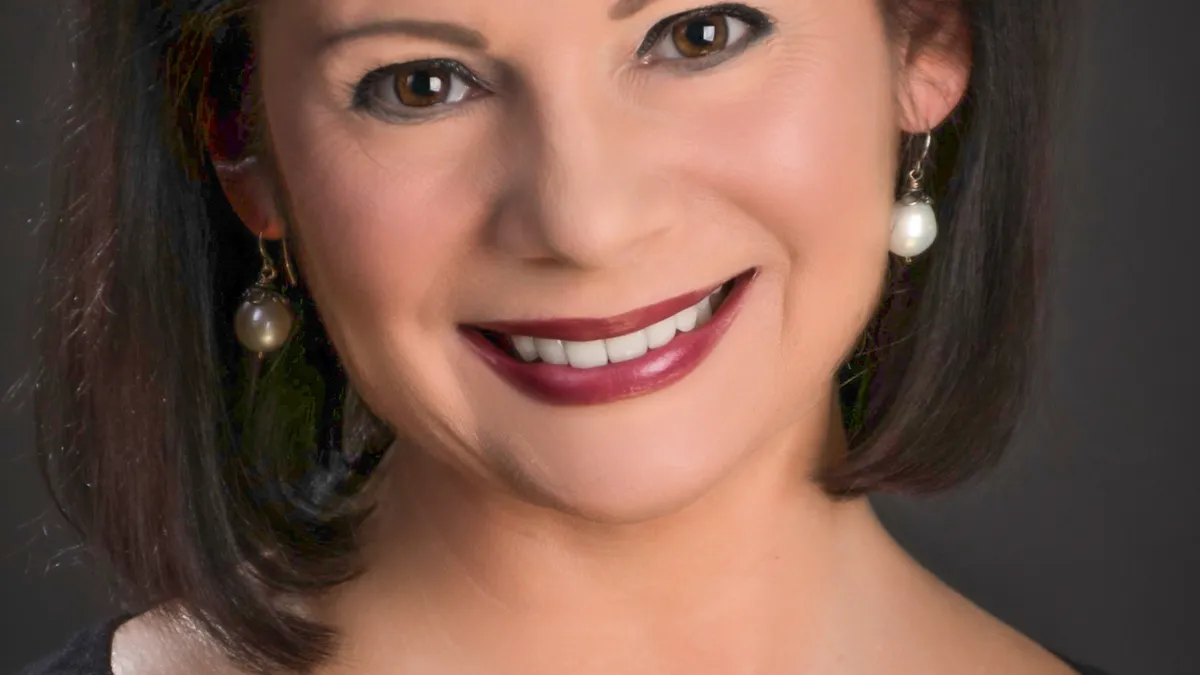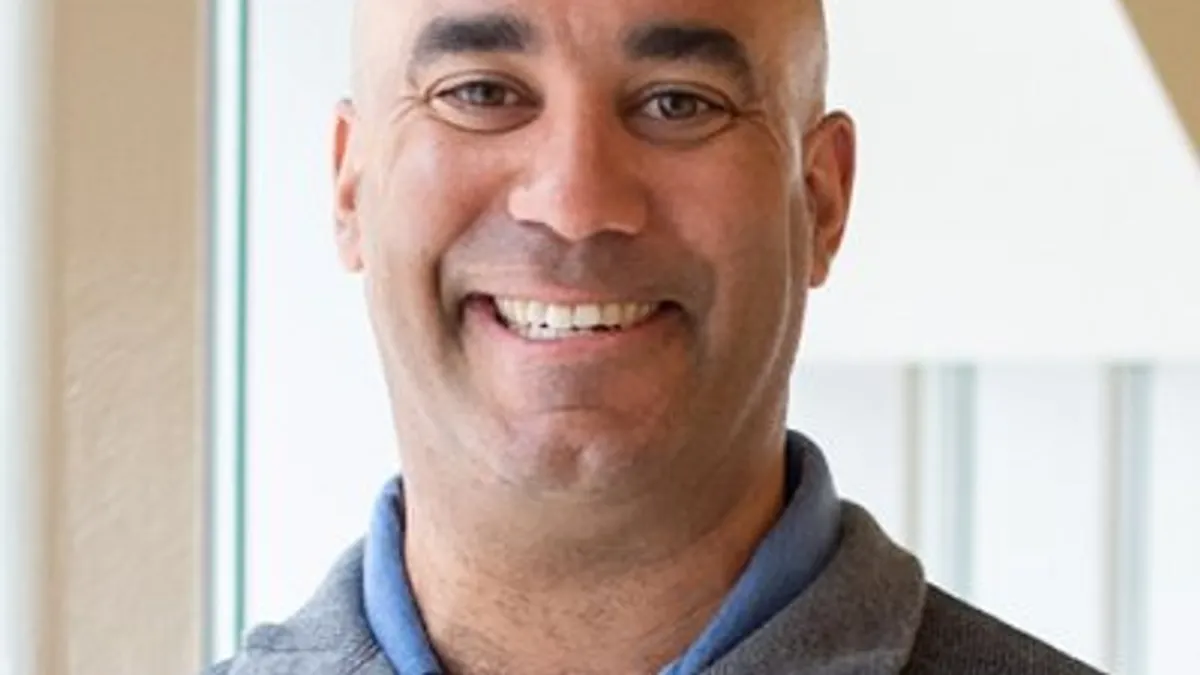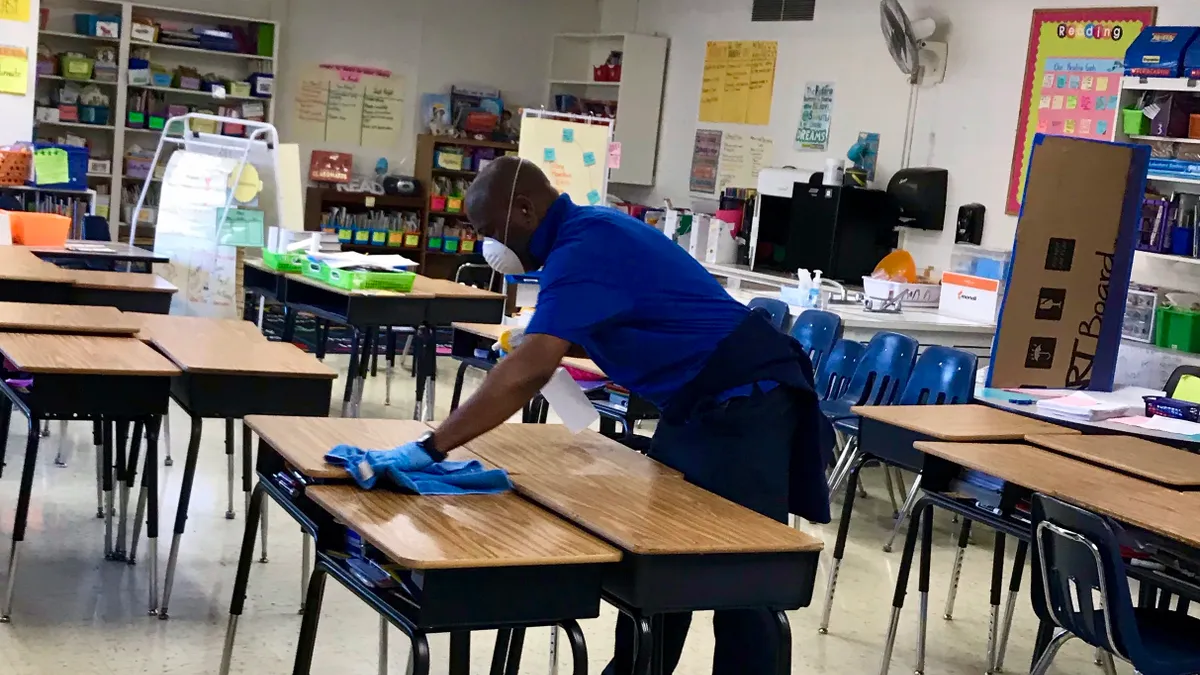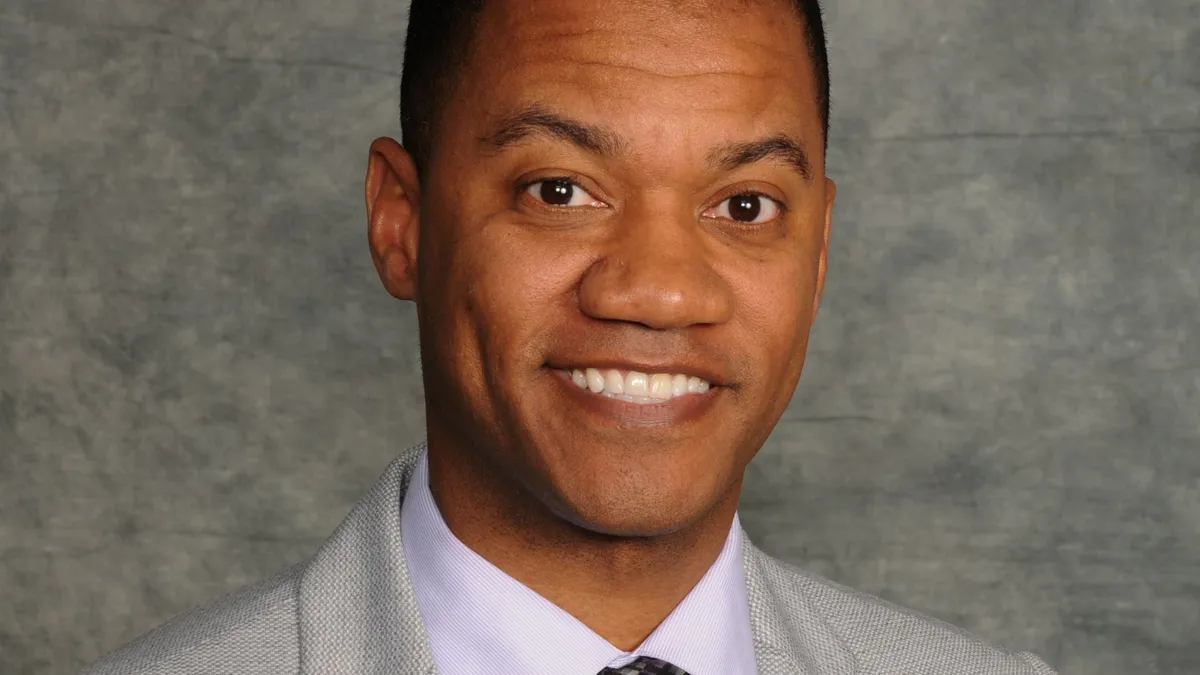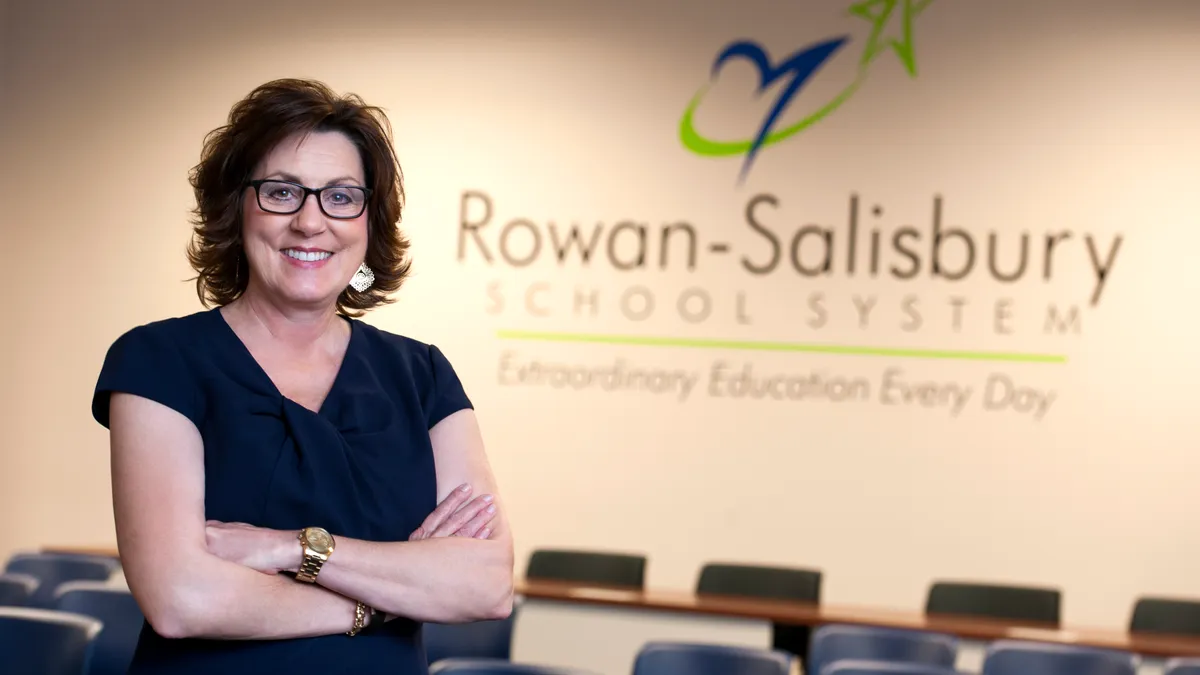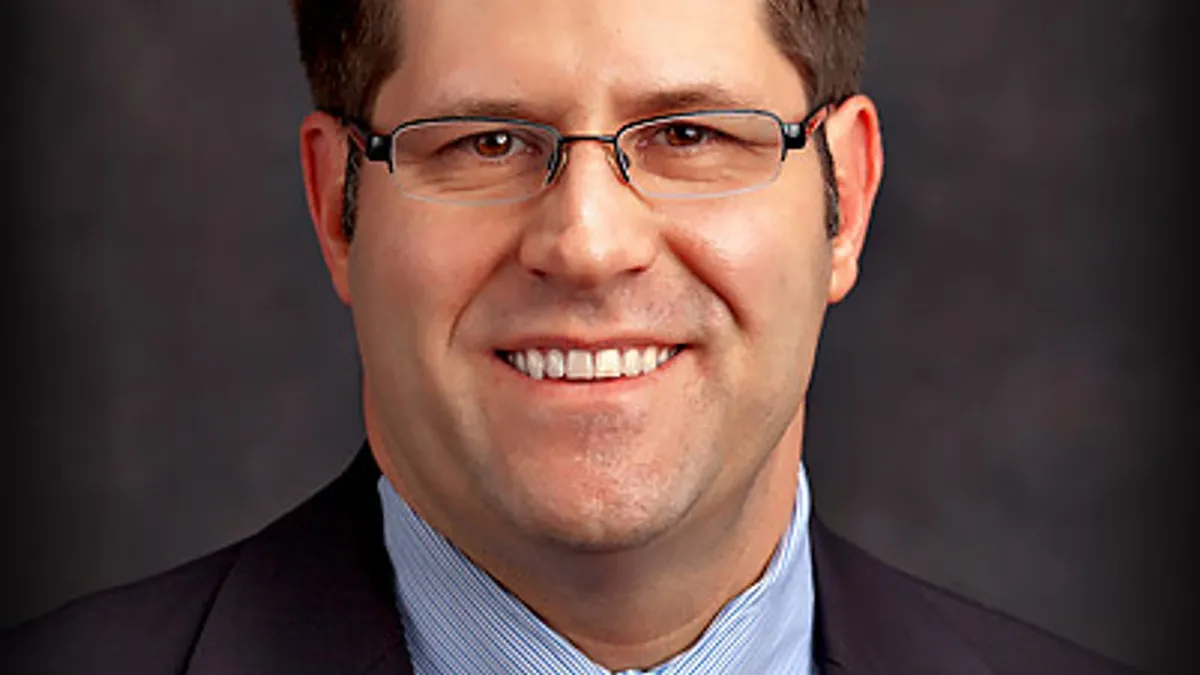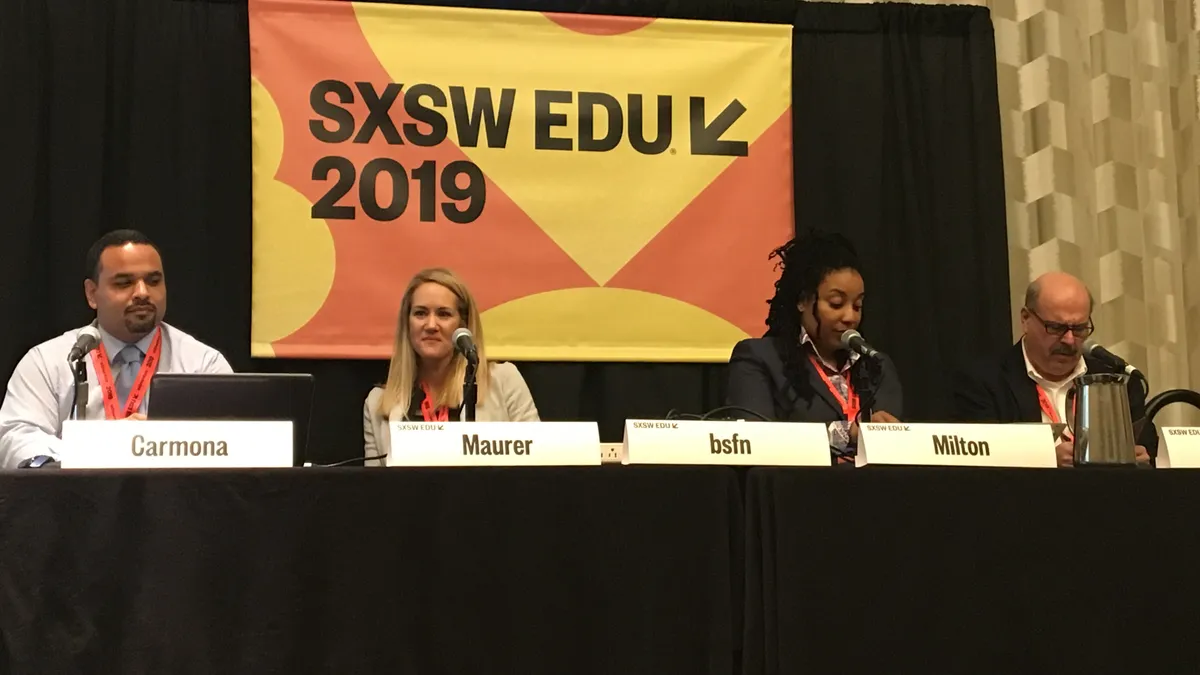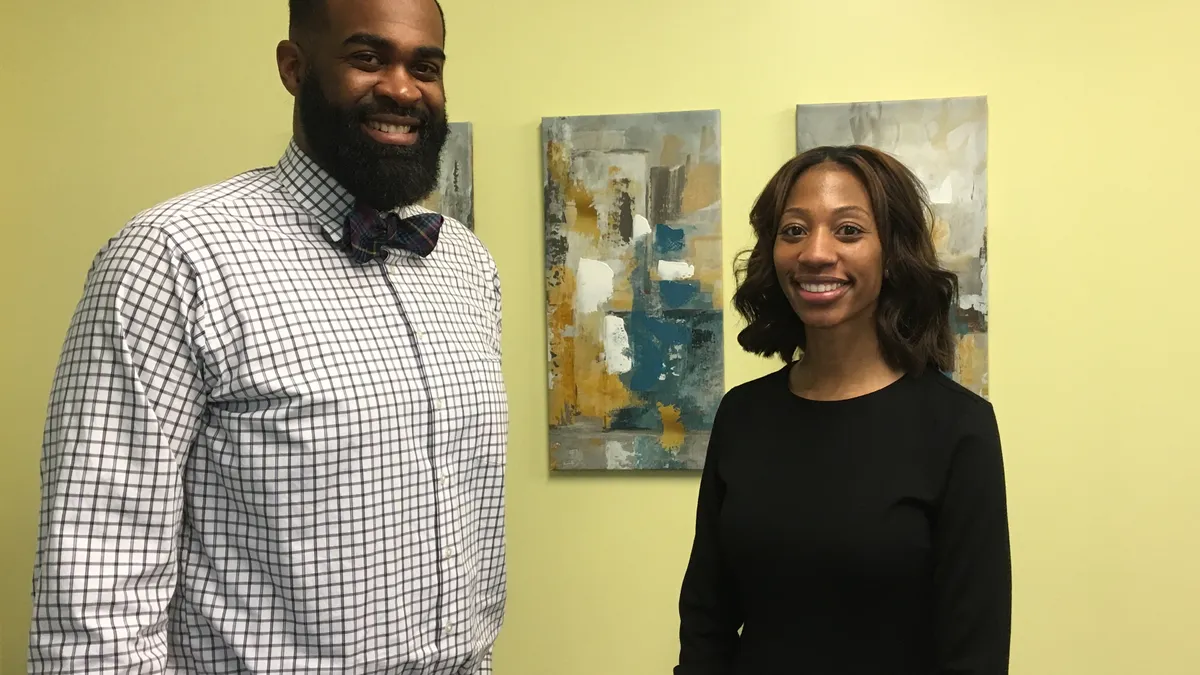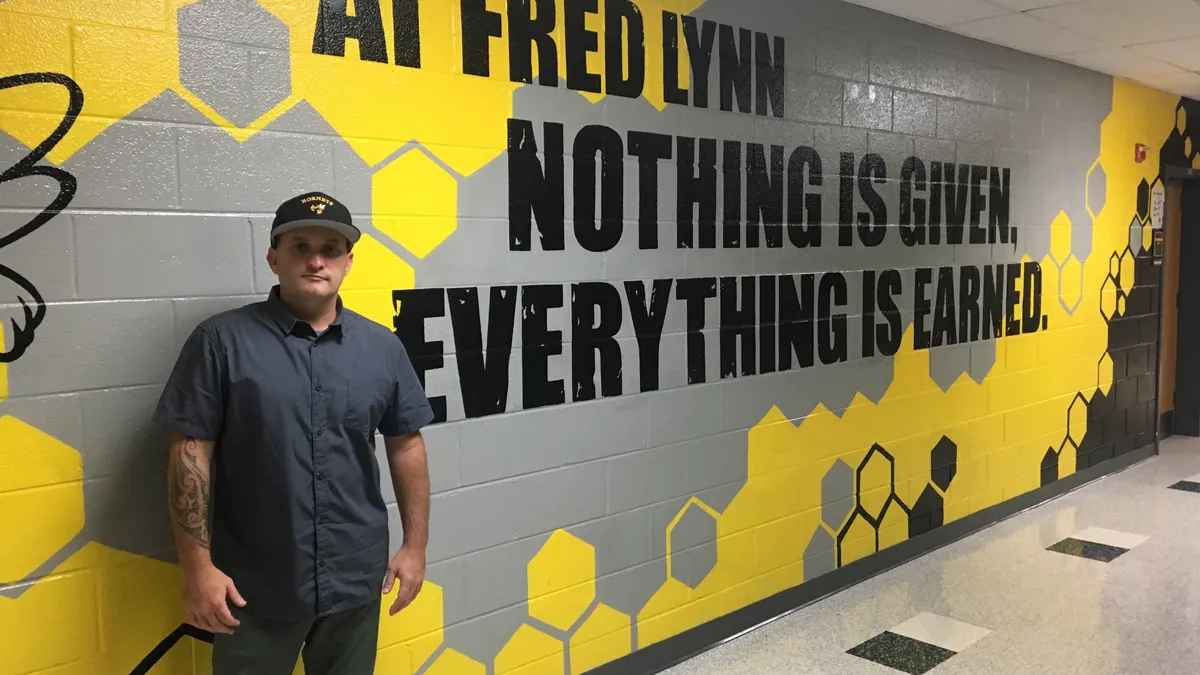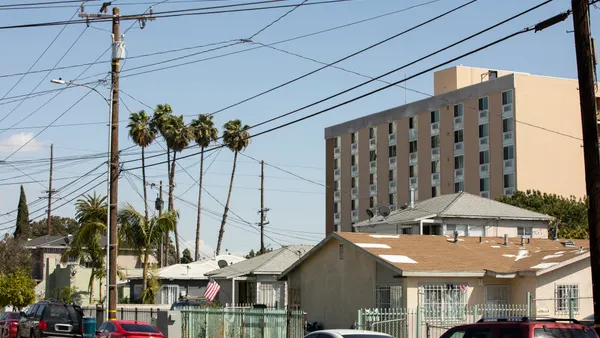Lessons In Leadership is an ongoing series in which K-12 principals and superintendents share their best practices as well as challenges overcome. For more installments, click here.
“How do we apply the lessons from history and government to figure out how to better educate all kids — particularly kids who look like me, Black and brown children, and poor children — so that we can maintain this world's largest economy, strongest military and better educate everybody to be able to participate in the economy?”
It’s a lofty question, but Tony Watlington is no stranger to aiming high. The former high school history teacher, who began his career as a bus driver and custodian, has led the School District of Philadelphia since 2022. During that time, he has undertaken an ambitious five-year plan known as Accelerate Philly, and he has seen the district gain recognition as one of the nation’s fastest-improving large urban school systems for post-pandemic academic recovery.
We recently caught up with Watlington to learn more about the lessons learned so far from the rollout of Accelerate Philly, what he credits the district's impressive academic recovery to, and where he thinks pandemic relief funds were best invested.
Editor’s Note: The following interview has been edited for brevity and clarity.
K-12 DIVE: When it comes to the first year of implementation for Accelerate Philly, are there any takeaways in particular that are informing your approach now in year two?
TONY WATLINGTON: Absolutely. We learned that people really appreciated the notion that we talk about “nothing for us without us.” It taught us that we need to double down on actively engaging very diverse communities and very diverse groups of individuals, to include students themselves, parents and families, teachers, principals, support staff, the philanthropic community, our faith-based community, our city’s elected officials and state and federal officials.
It’s really important that we engage all of these groups so that, one, the strategic plan would not be viewed as “the superintendent's plan” or “the board of education's plan” but rather “our plan.” And two, when people felt like they had some ownership of the process, we have found that they're more engaged in year two as we launch the next steps in that strategic plan.
Ownership matters, No. 1 lesson.
When it comes to engaging the community with a plan like this, what are some of the most important steps you took to gain community buy-in — especially with people who may have needed some extra convincing?
WATLINGTON: No. 1, we developed advisory councils. We developed the student advisory council that meets regularly with me directly, a teacher advisory council that meets with me regularly, and a principal advisory council that meets with me regularly.
And while the board of education has a parent and guardian advisory council, we're staffing up another advisory council that's specific to the superintendent and his staff. That is launching this school year.
That has been the single most important act that we've taken.
Secondly, we reframed and remade our communications strategy in the district by hiring a new chief of communications and customer service and a new deputy chief of communications and district spokesperson who have really transformed our internal and external communications in the district. We now measure our press coverage. We measure how parents and other folks are receiving communications and the extent to which it is viewed as positive, neutral or negative.
Those would be the two things I would say are most significant in that regard.
What are the most important steps you're taking to set things up for year three?
WATLINGTON: We are investing in the recruitment and development of highly qualified and well-supported teachers. We're doing the same for principals.
Teachers have the greatest impact on improvement to academic gains and outcomes. Principals are No. 2 in the research. They recruit, onboard, develop and retain teachers, so they're really important.
We are ensuring that our teachers are well-trained and supported to deliver the standardized K-12 math and reading curricula across the school district. Why is that important? We have a lot of transient children who move between schools, and we want to ensure that when they leave school A on Friday and show up at school B on Monday or Tuesday, they don't have to develop a new way of learning anything. So we're building a one-school system versus a system of schools.
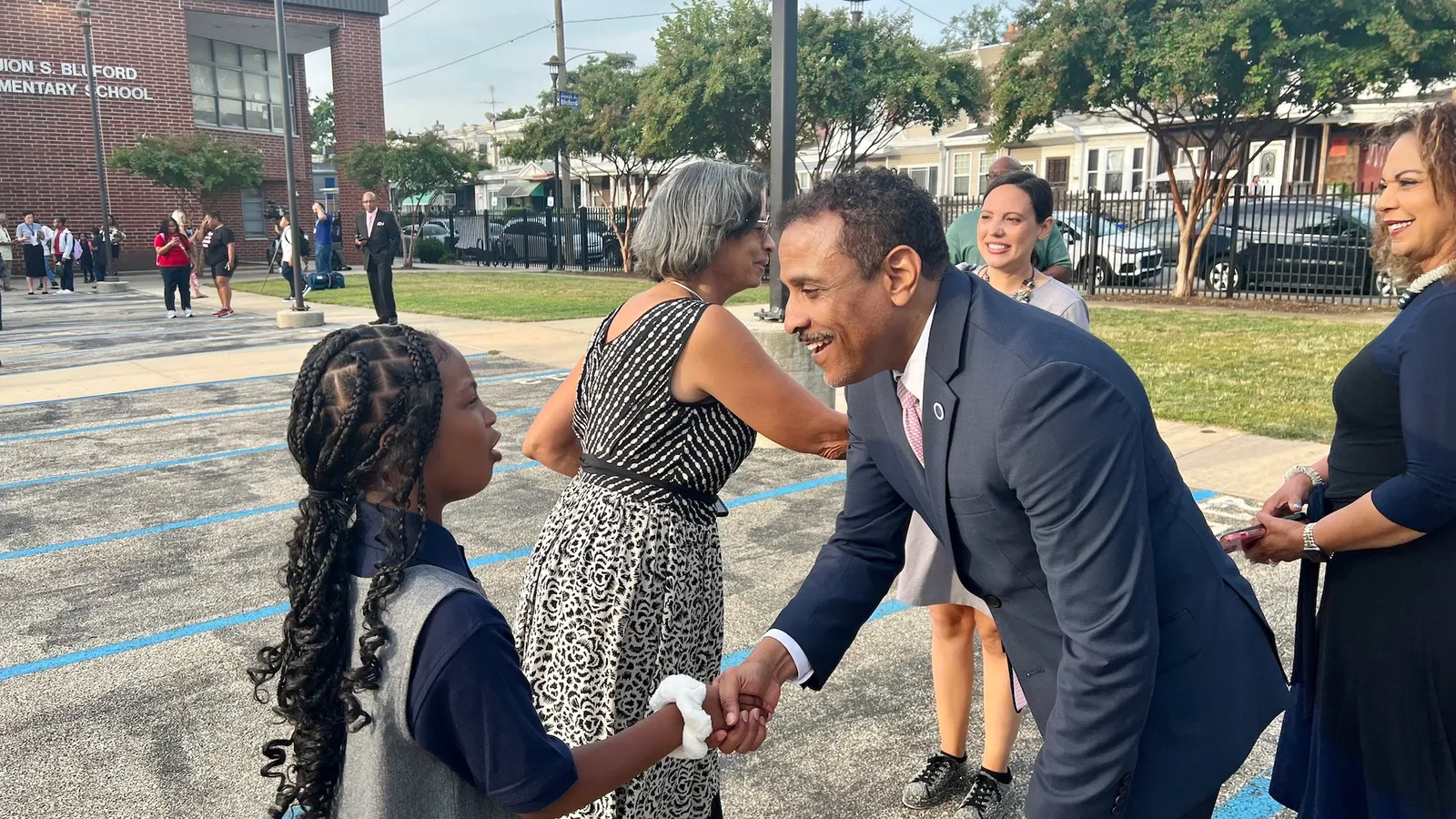
We're also doubling down on how we partner with our parents as equal partners by engaging them and staffing up a parent and guardian advisory council, by relaunching our parent and family university — where we will help parents with everything from if they need to get a GED to understanding how to help their child with homework or literacy development in the home, helping parents with their resumes, helping them find jobs, and connecting them with the resources and providing training and workshops and opportunities.
We're looking forward to launching that work in early 2025.
The Harvard and Stanford Education Recovery Scorecard project shows that Philadelphia schools are recovering from the pandemic faster than other large city school systems. To what do you credit the school system's progress on recovery?
WATLINGTON: This school district has received $1.2 billion in COVID relief funding that was appropriated by Congress beginning in 2020, when the pandemic hit and closed schools. We've been good stewards of those dollars, put them to good use.
When we invest in teachers, and we focus on what kids learn in the classroom — and when we monitor it, measure it, grow and water it — kids actually get better.
I think we have engaged so many groups and inspired them to work together on this message that teachers can't do all of this work by themselves, even though they’re the single-most important factor in whether students will grow academically. When students, parents and teachers step up and we bring them all together in one big tent, when we focus intensely on improving regular student attendance — meaning trying to get more of our students to attend school 90% of the school year, which has increased for the past two years — the end product becomes improved student achievement outcomes.
Of the pandemic relief investments the district made, what do you think are the most important things those funds were spent on in terms of return on investment?
WATLINGTON: Learning recovery — when we use more resources to help more kids have more teachers, more time and more resources to master the curriculum standards.
Just like you can see what kind of automobile gets the best gas mileage, the best wear-and-tear for tires, the best suspension, etc. via Consumer Reports, we've looked at EdReports, which rates curricula. And we've invested some $70 million in green-rated, best-in-class curricula across the district. The return on that investment will continue for years to come as we prepare teachers to teach the curriculum we purchased.
We've used those COVID relief dollars to invest heavily in students being able to master the material they missed when schools were closed via before-school and after-school support, more targeted resources in the classroom, and resources to support students and teachers.
We've been able to graduate, for example, 300 additional students over the summer, and make sure that more students pass their grade levels by satisfying grade level standards.
In a district that has some very old, aging facilities, we were able to use some resources to build out some new learning spaces and new schools with state-of-the-art ventilation and HVAC systems, which are very important in a city that has school buildings where the average age is 73 years, and a number are 120 years or older.


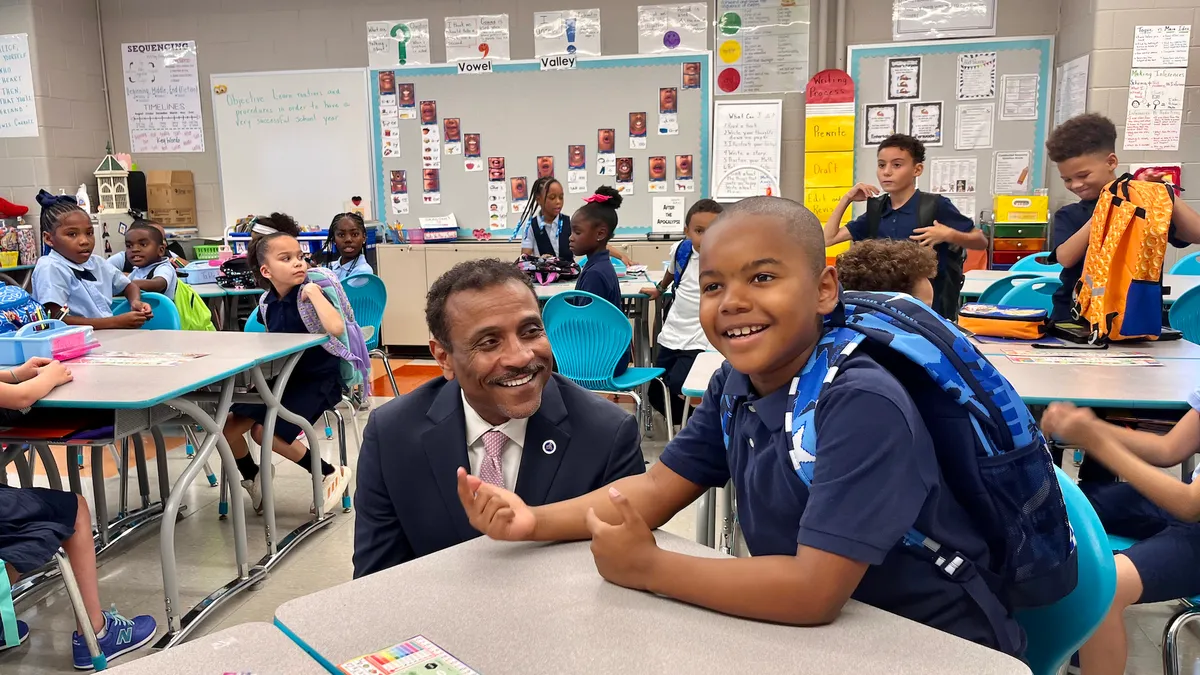



 Dive Awards
Dive Awards




